
I received a call a few weeks ago from an old friend asking if I was interested in playing Palmetto. He’s a follower and knows that Palmetto Golf Club is #1 on my bucket list. I said absolutely, and made my calendar work. Mrs. RCS understands, and was highly encouraging of me to go (she actually played Palmetto right before COVID during Masters Week. Stinker.
Being a golf fan, Palmetto’s history is as interesting as any course in the United States. Obviously, the course is legendary, with tight fairways, raised greens with false fronts, bunkers, and undulations…it’s a true test. We had an amazing day, and it was worth every minute. If I’ve ever played a course where I want another chance, it’s Palmetto…and we’re already working on a return trip. Largely speaking, golf in the early 1900s was shaped by Aiken, South Carolina, the Palmetto Golf Club, and its members.
Below you will find the ‘Views’ portion, as well as the history of Palmetto Golf Course, followed by my merch haul.
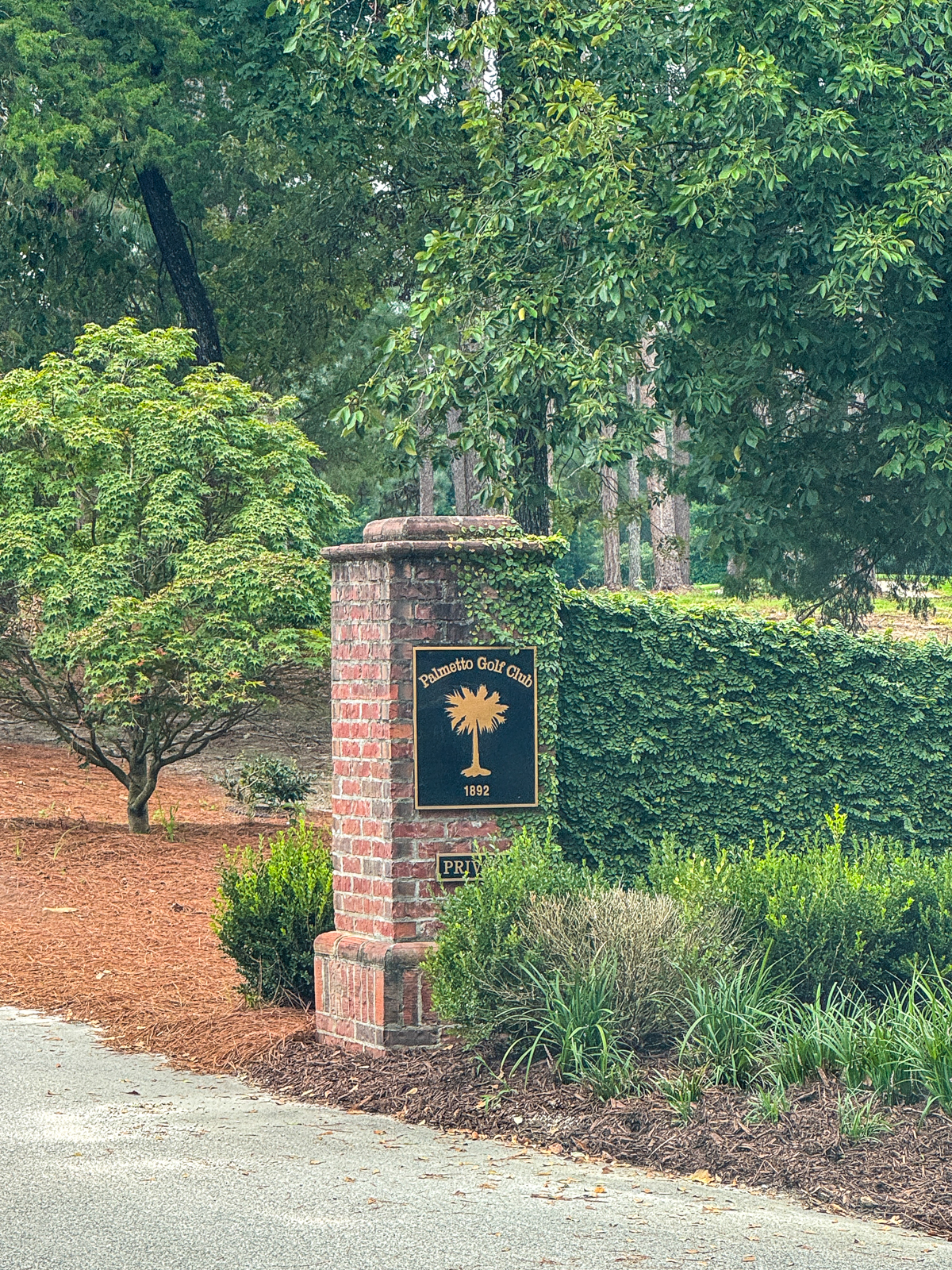
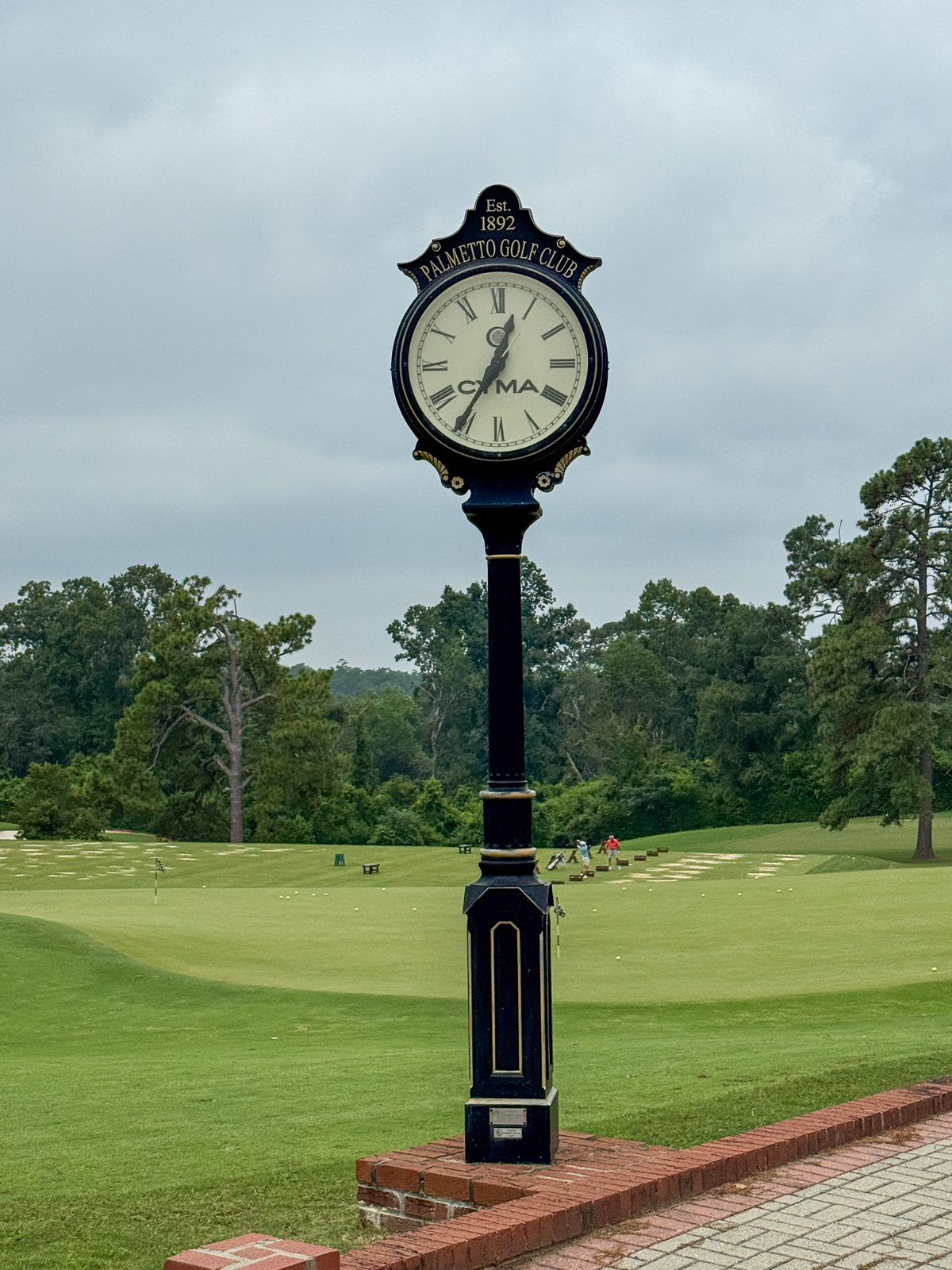
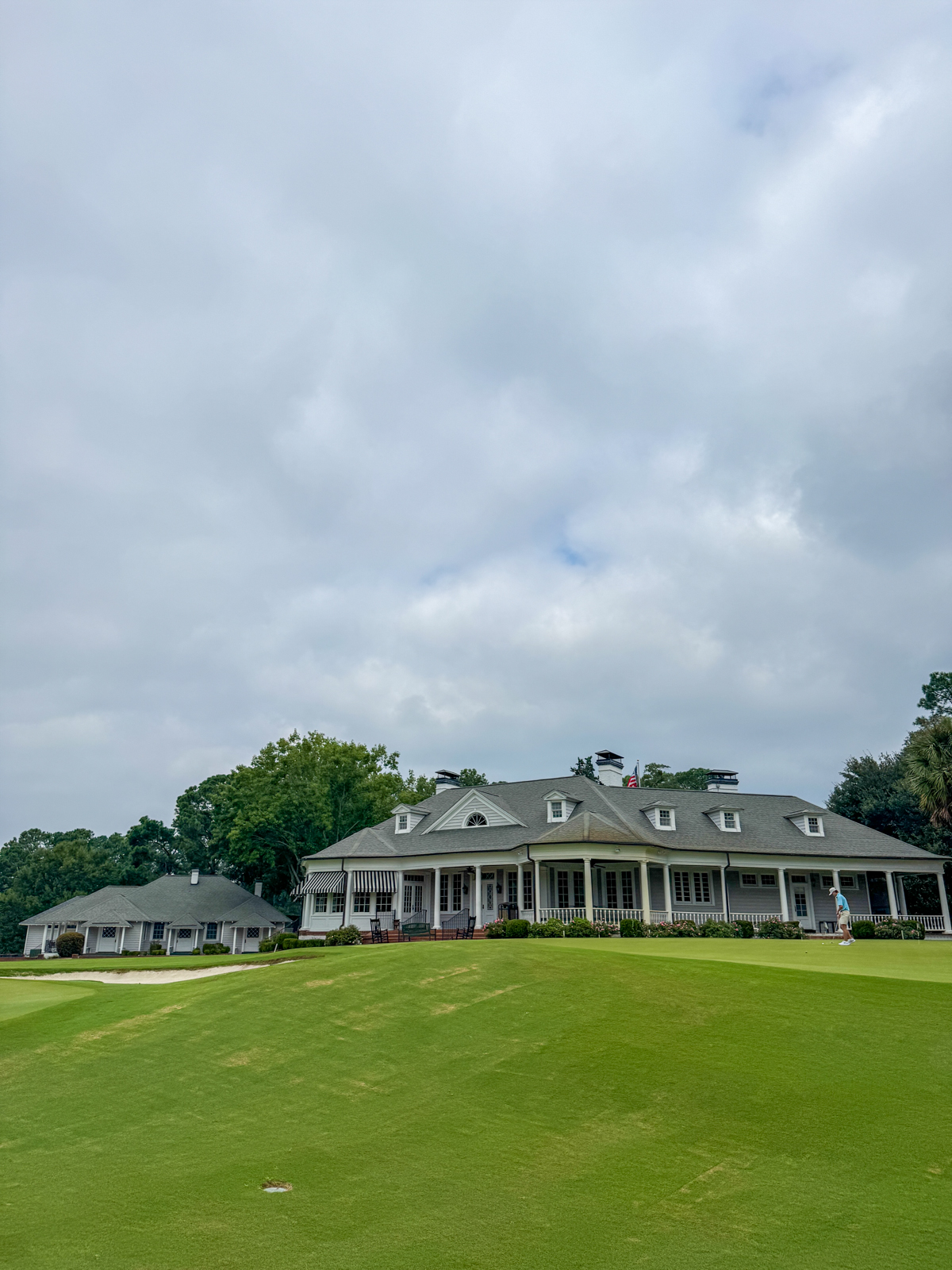
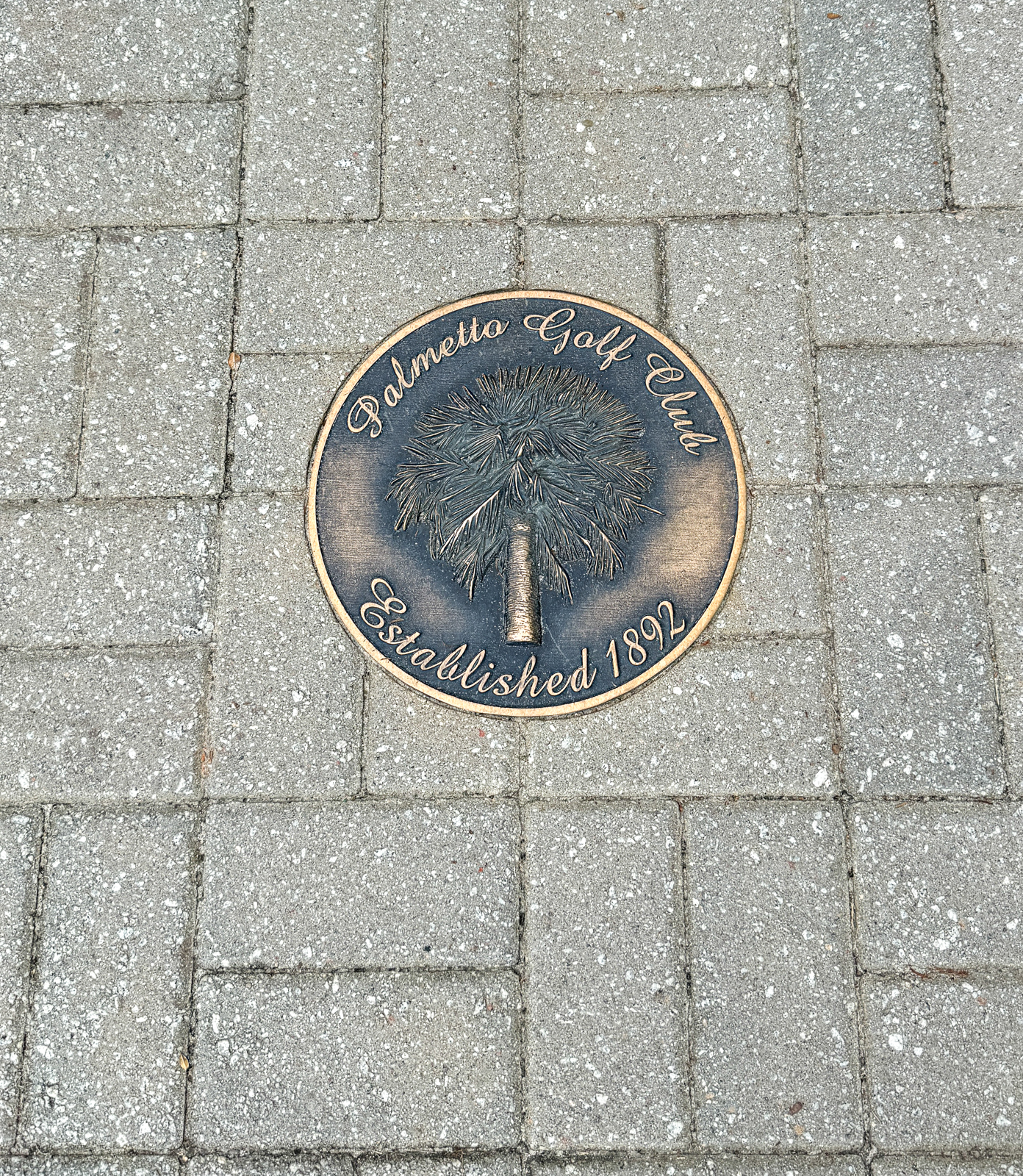
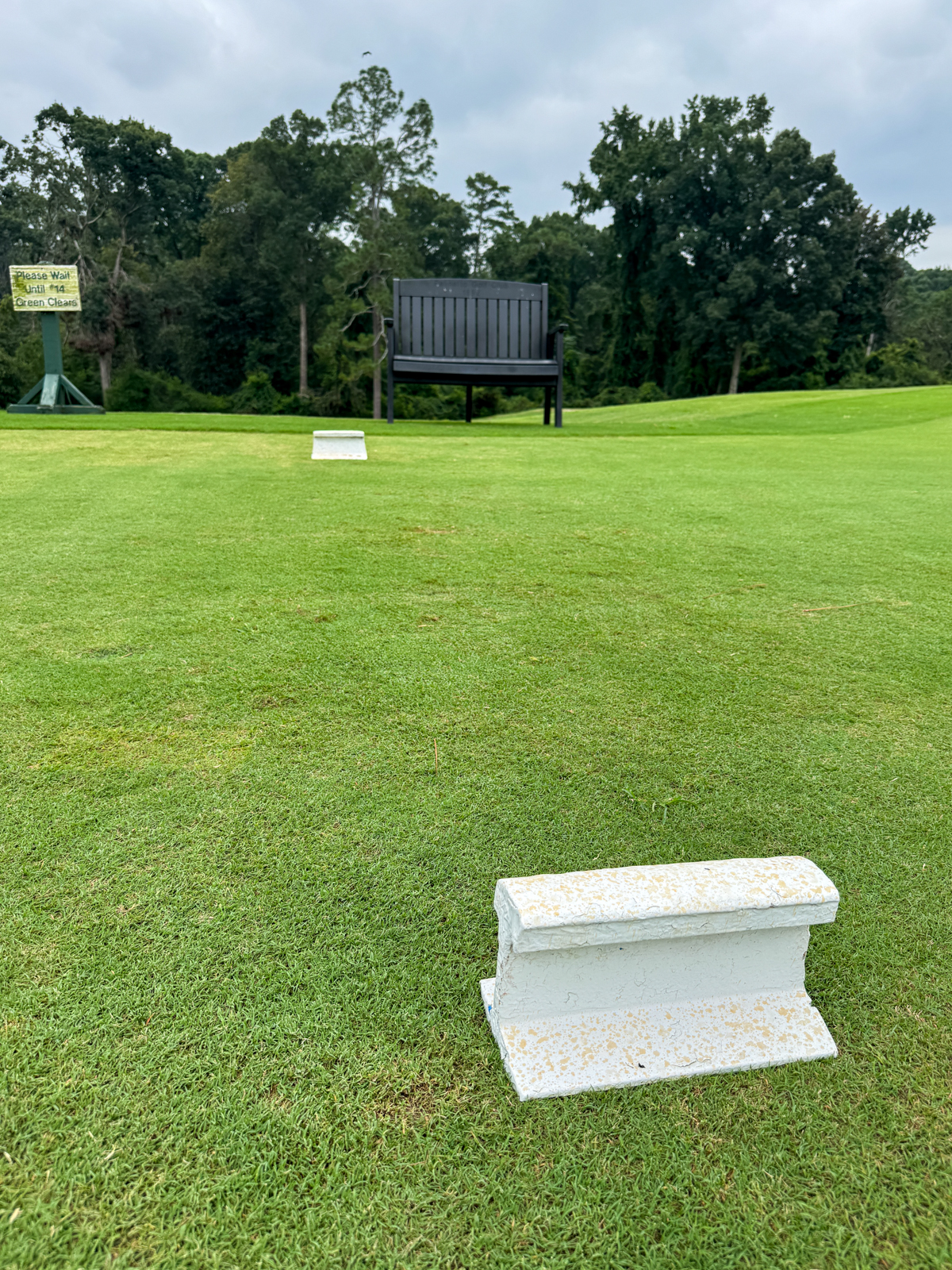
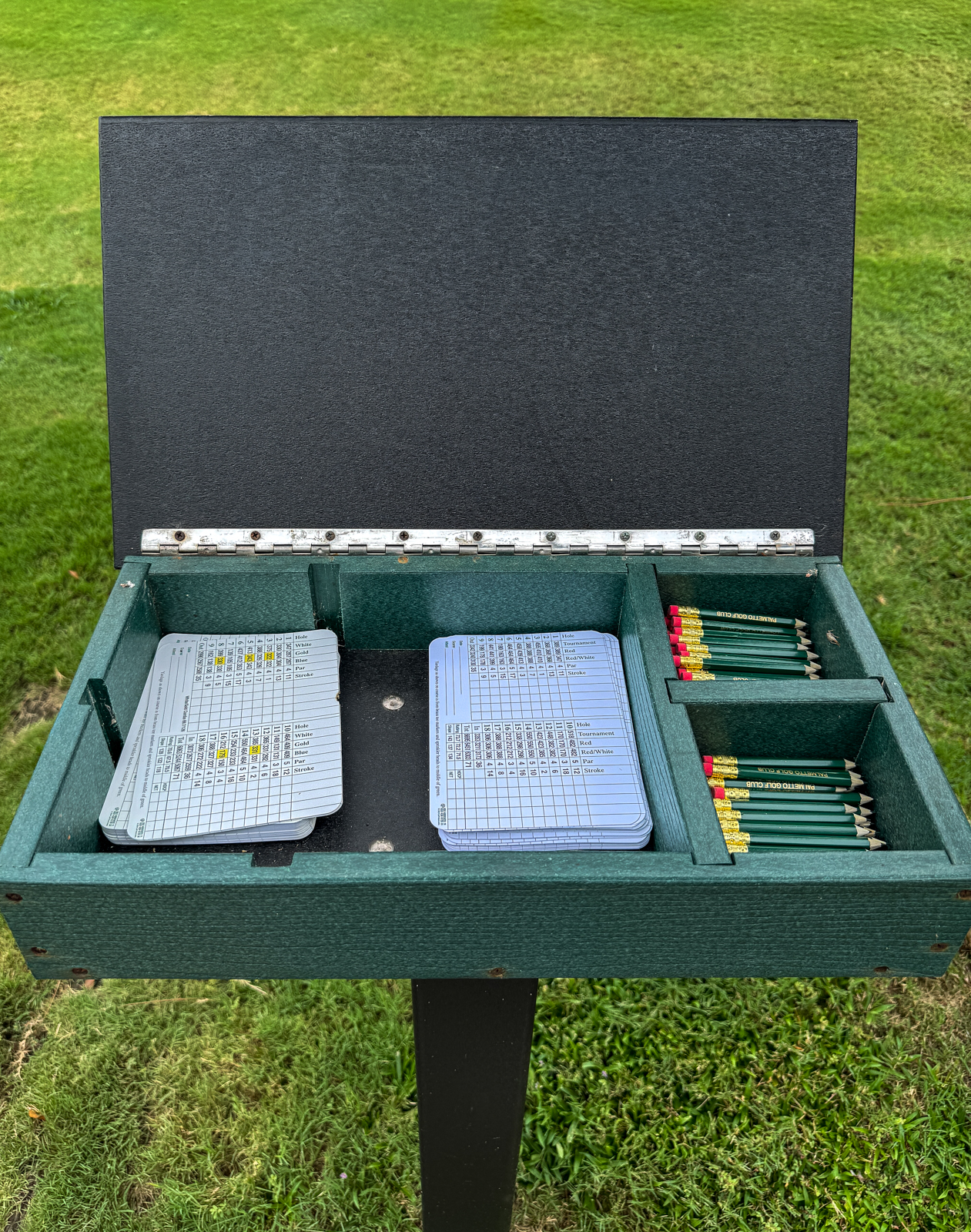
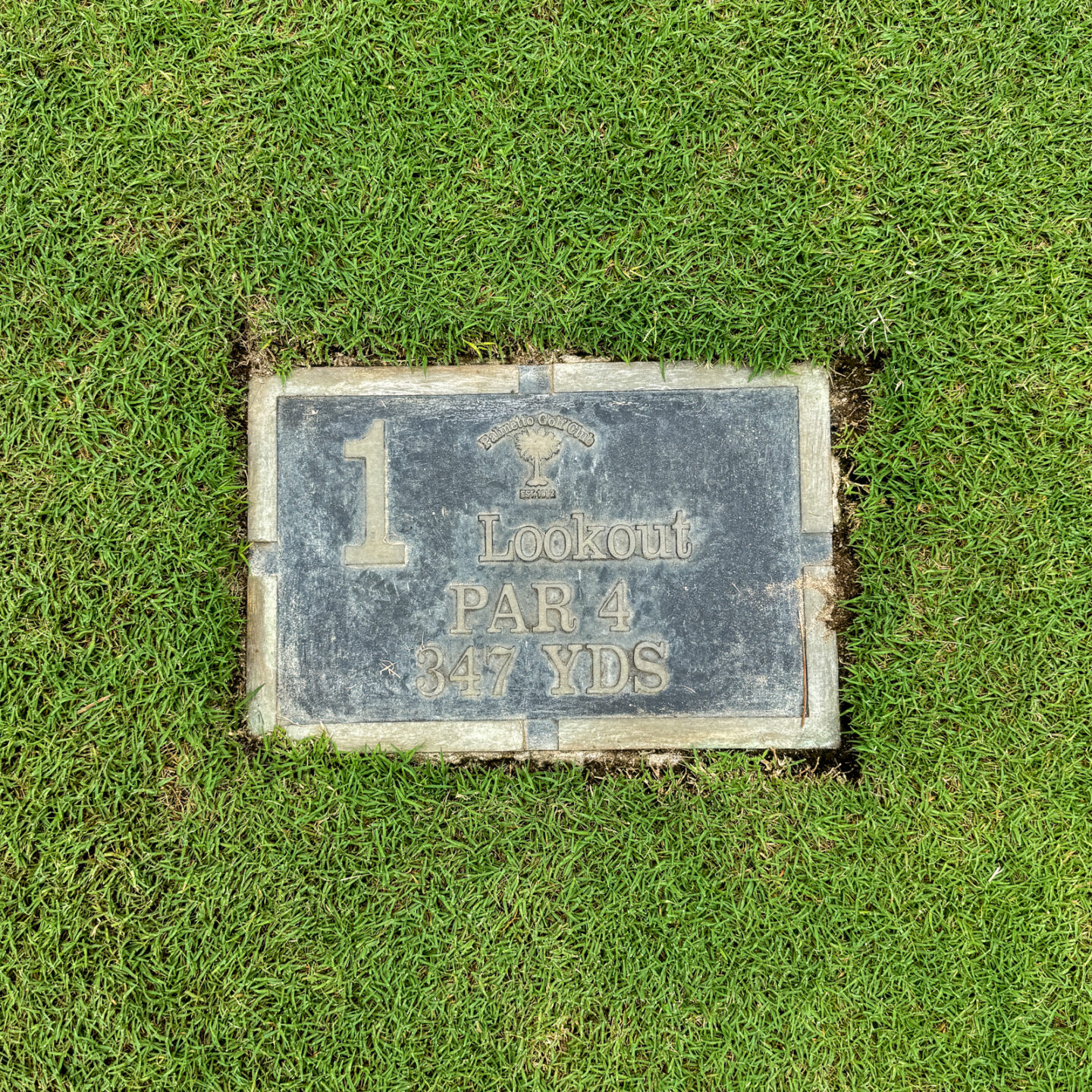
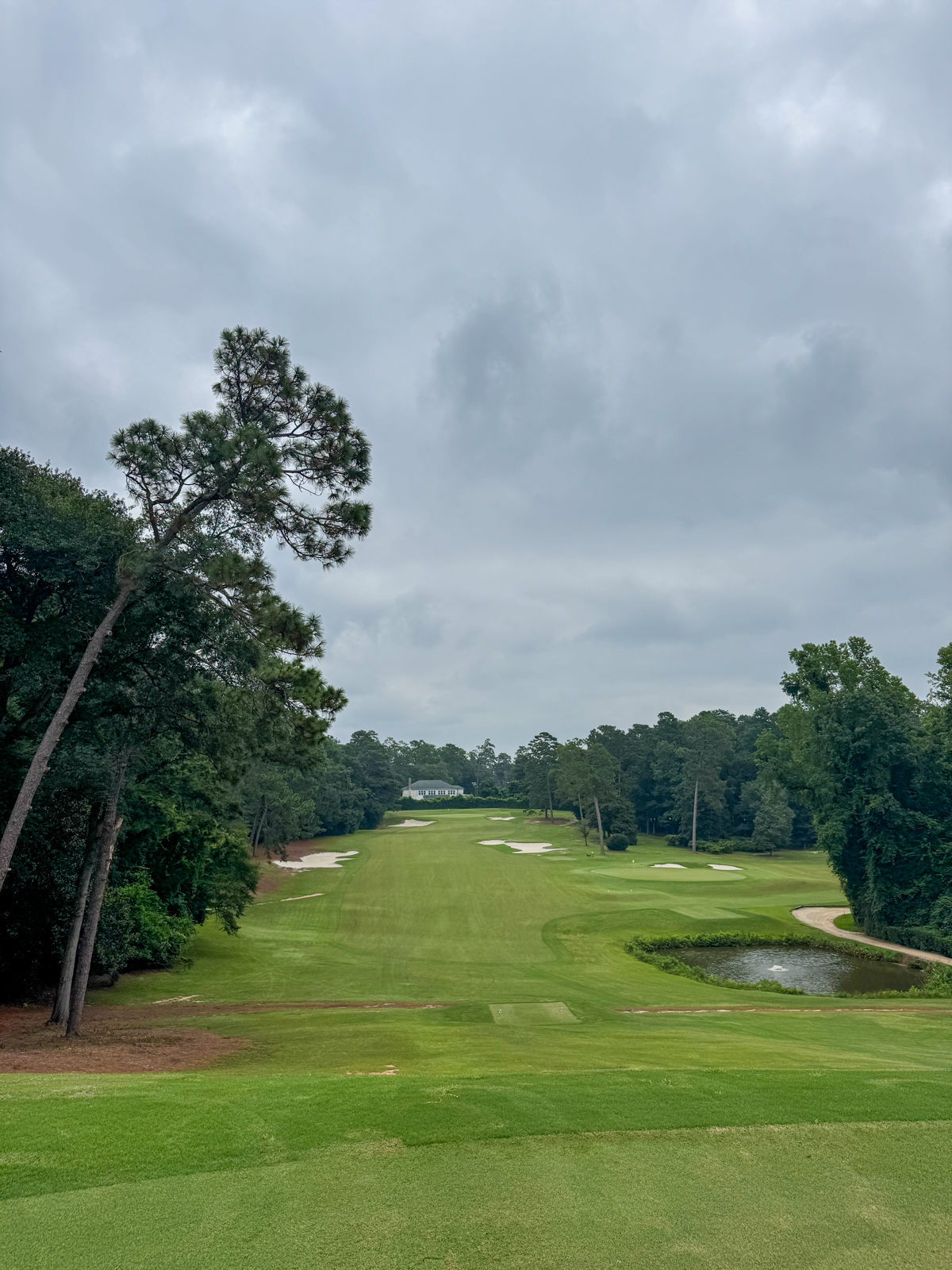
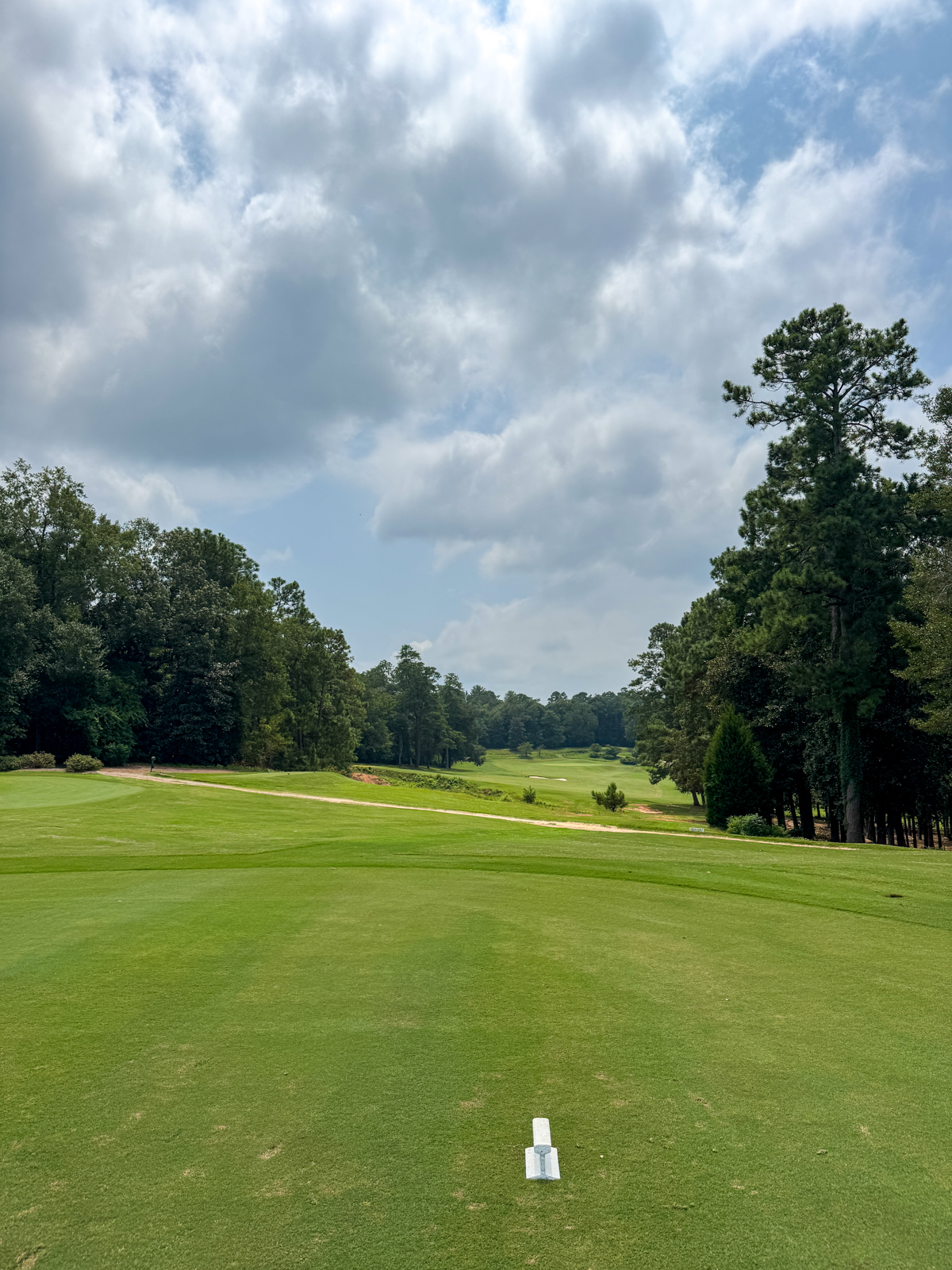
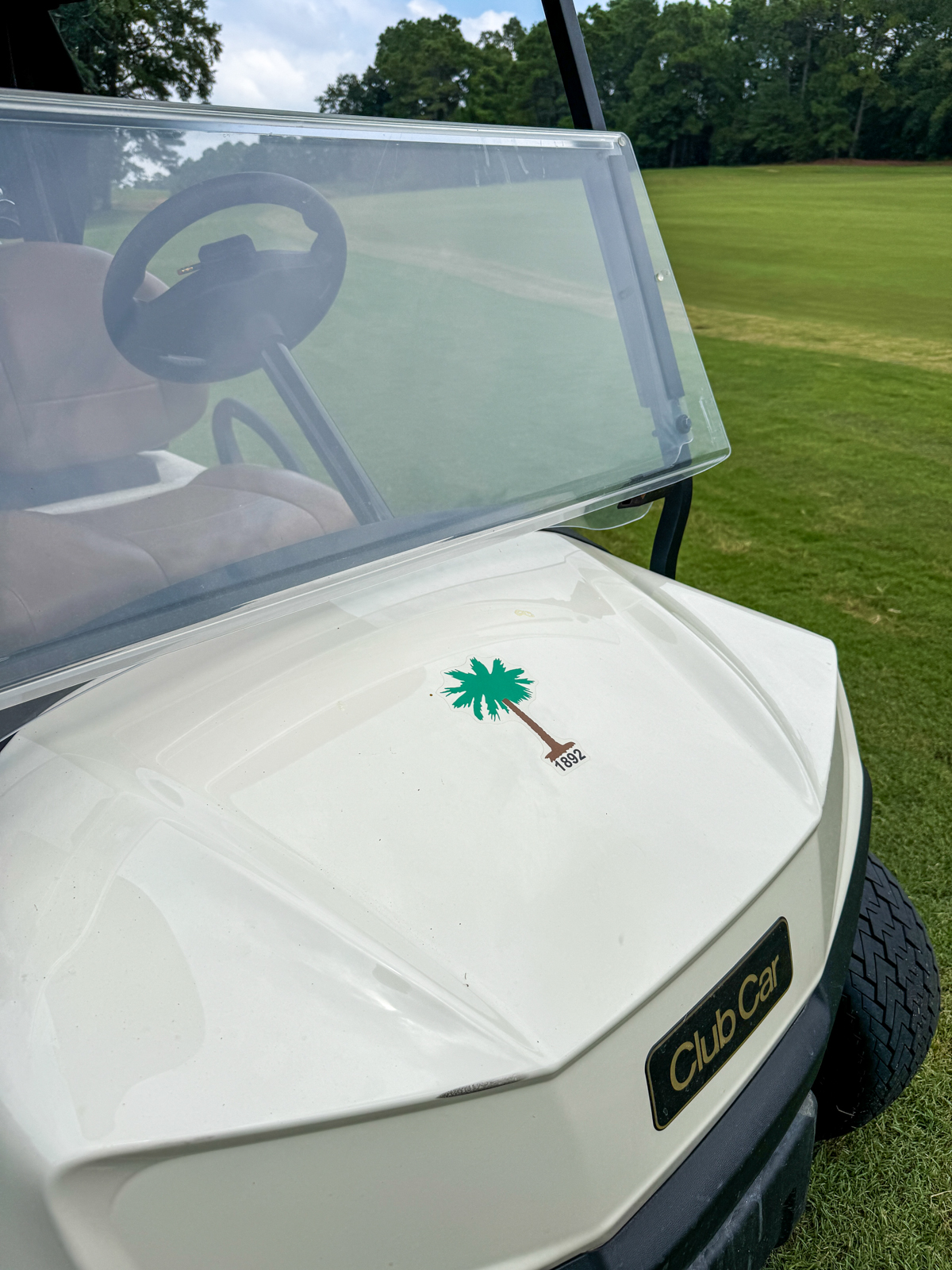
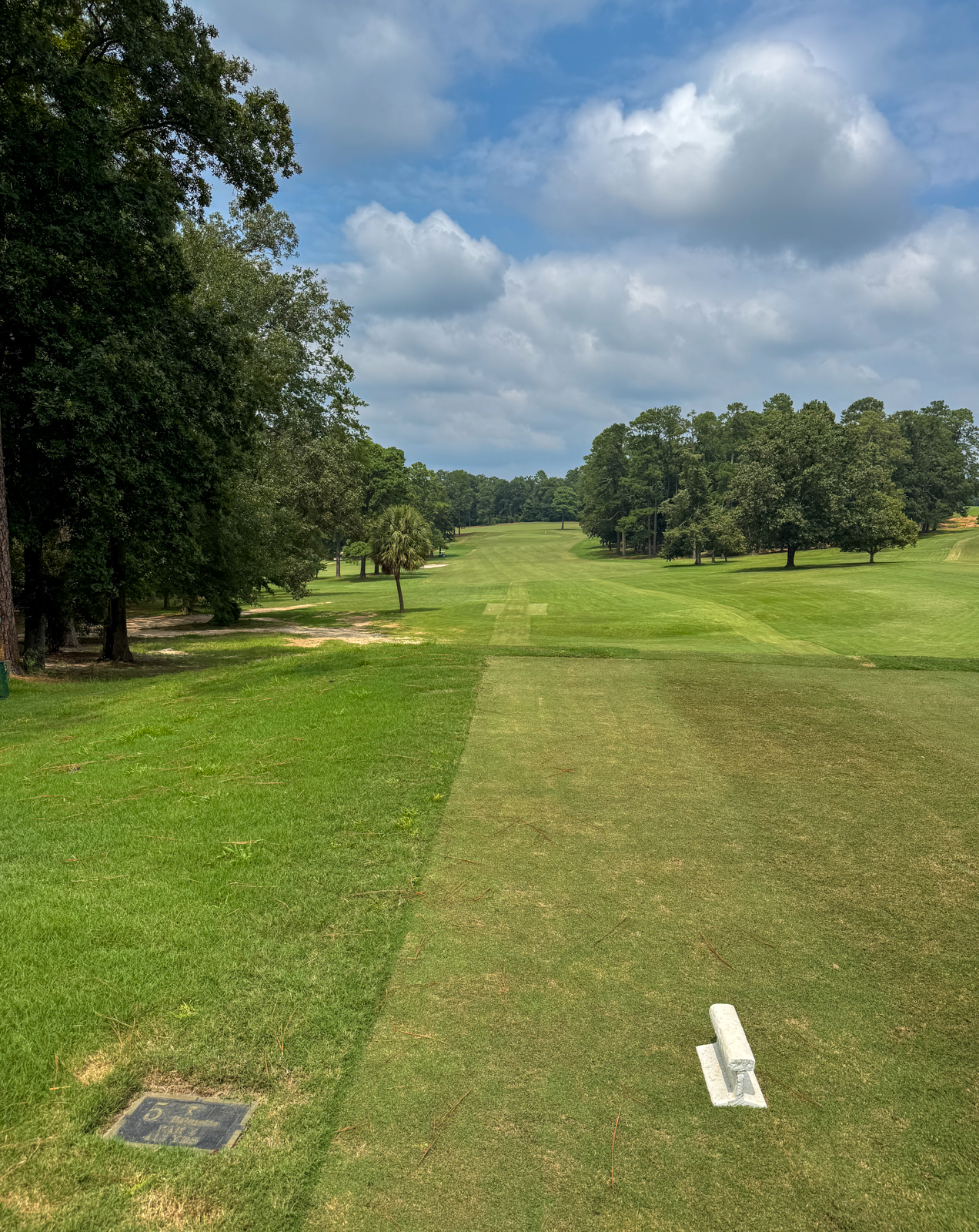
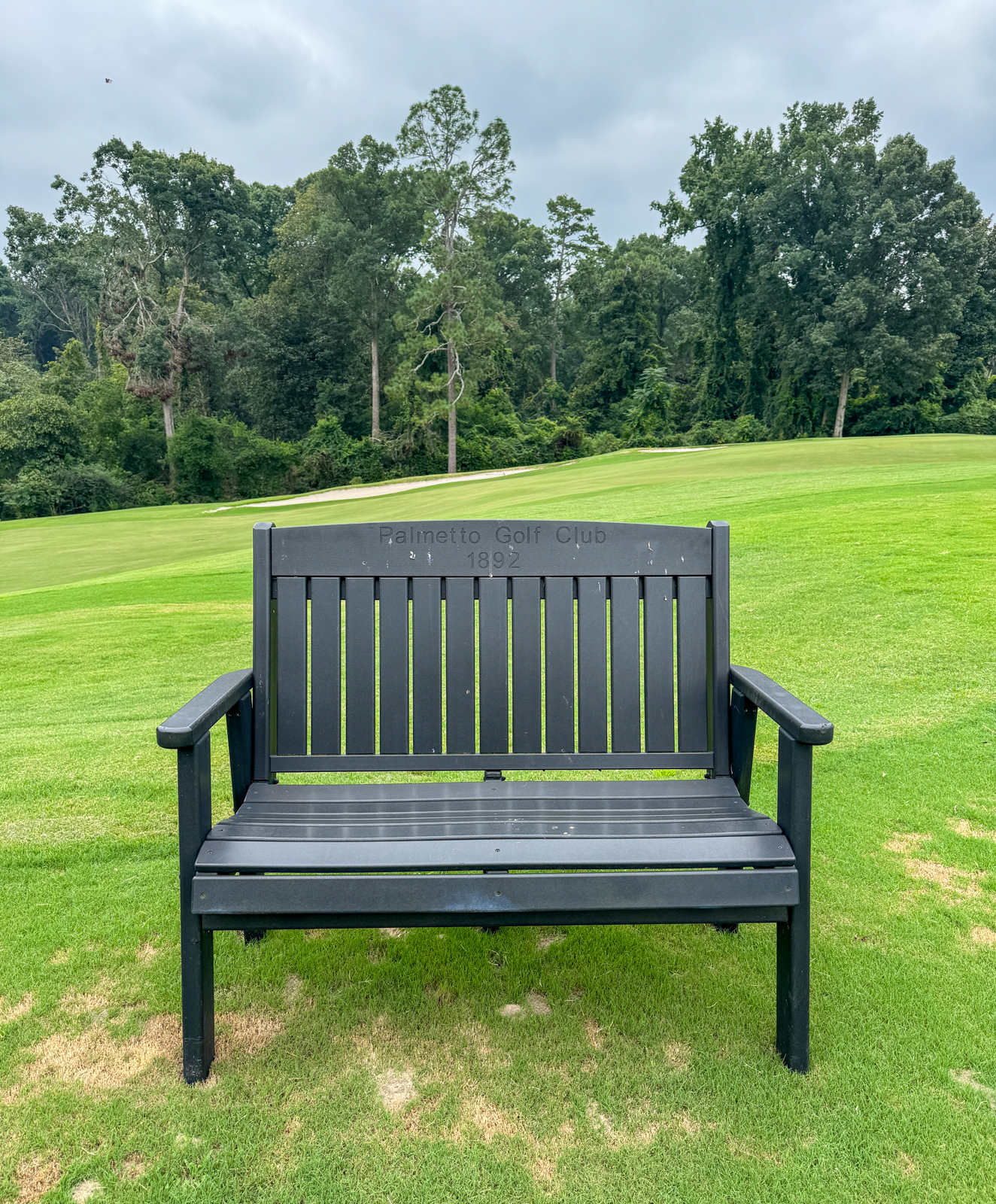
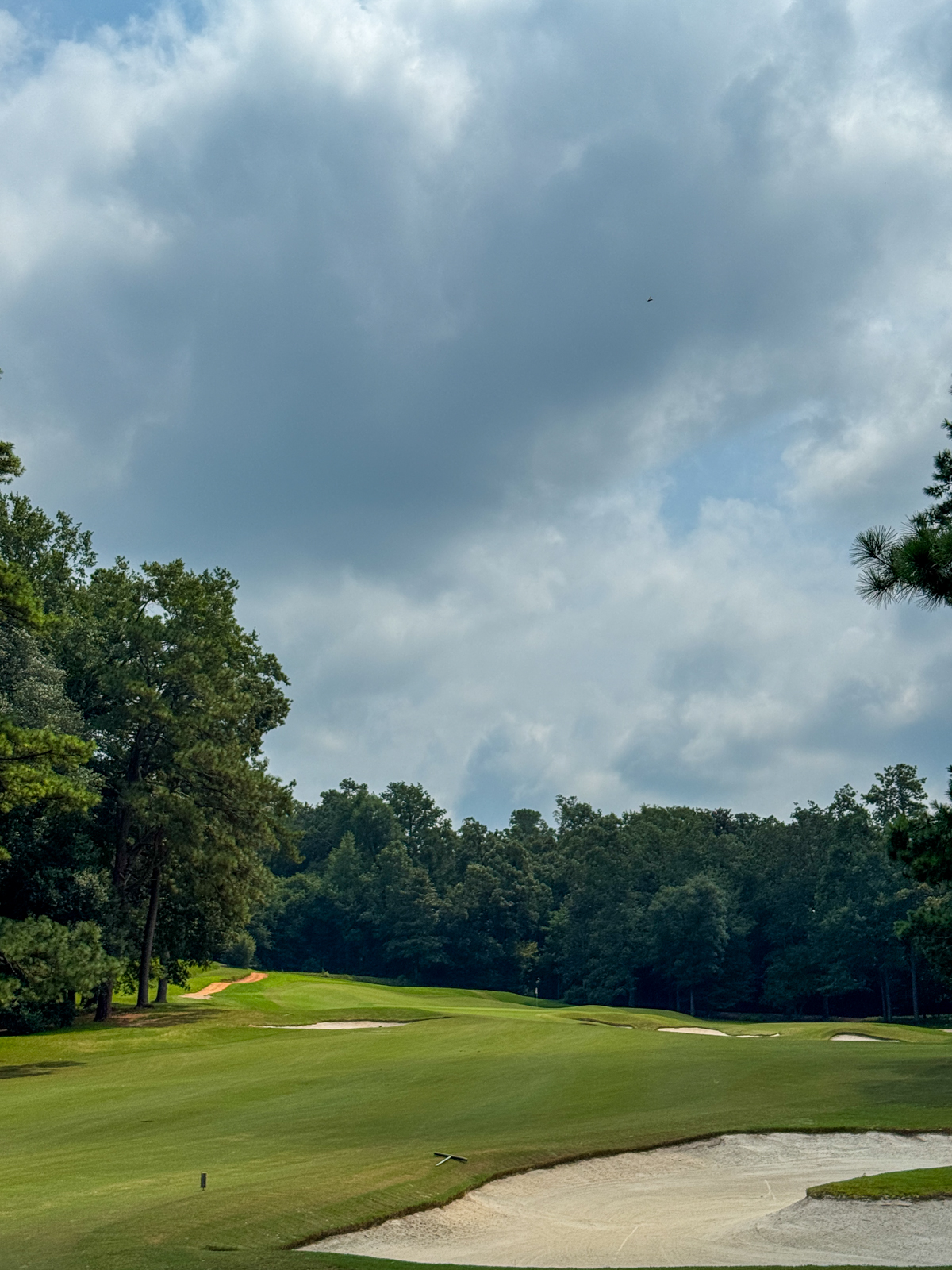
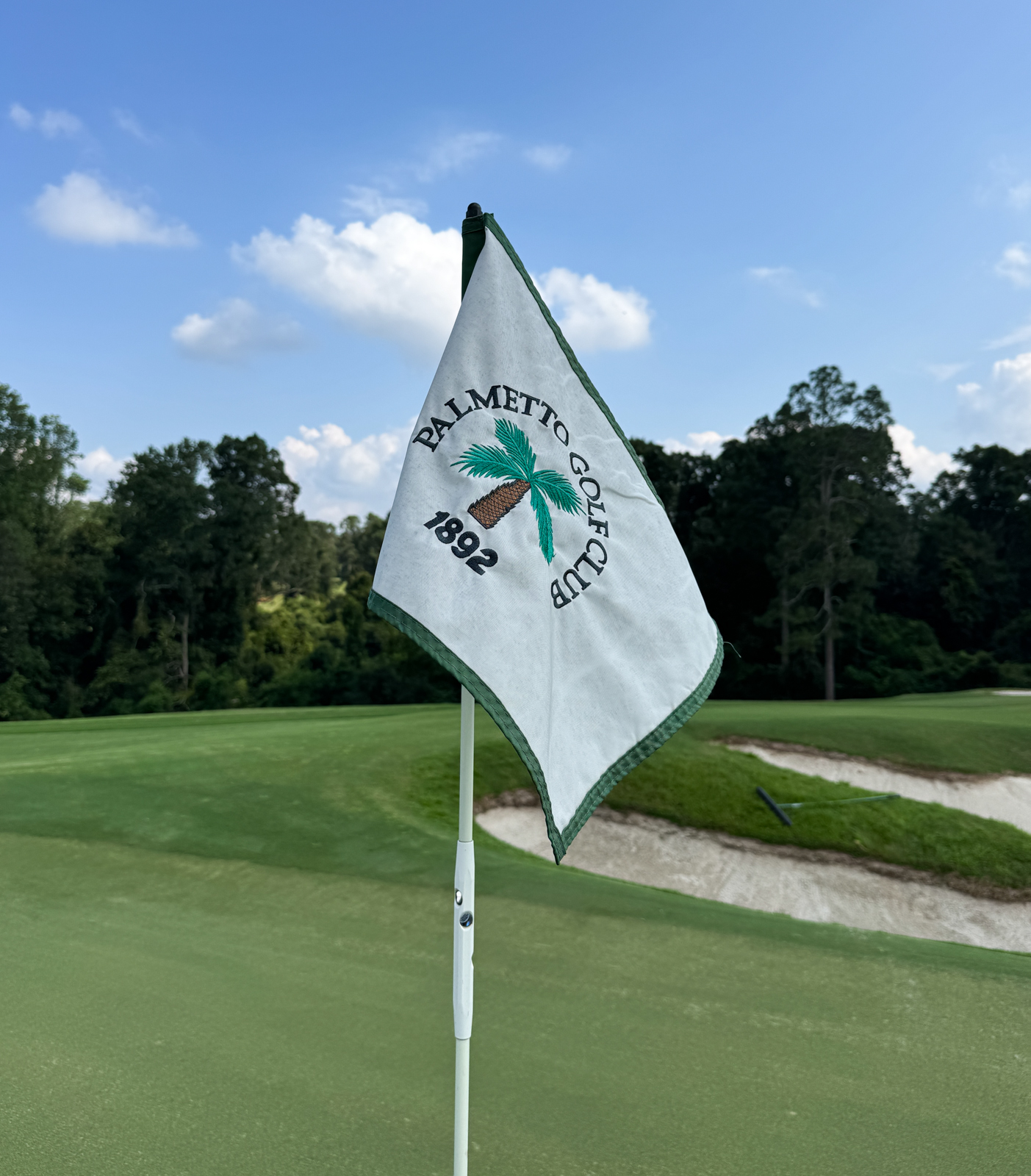
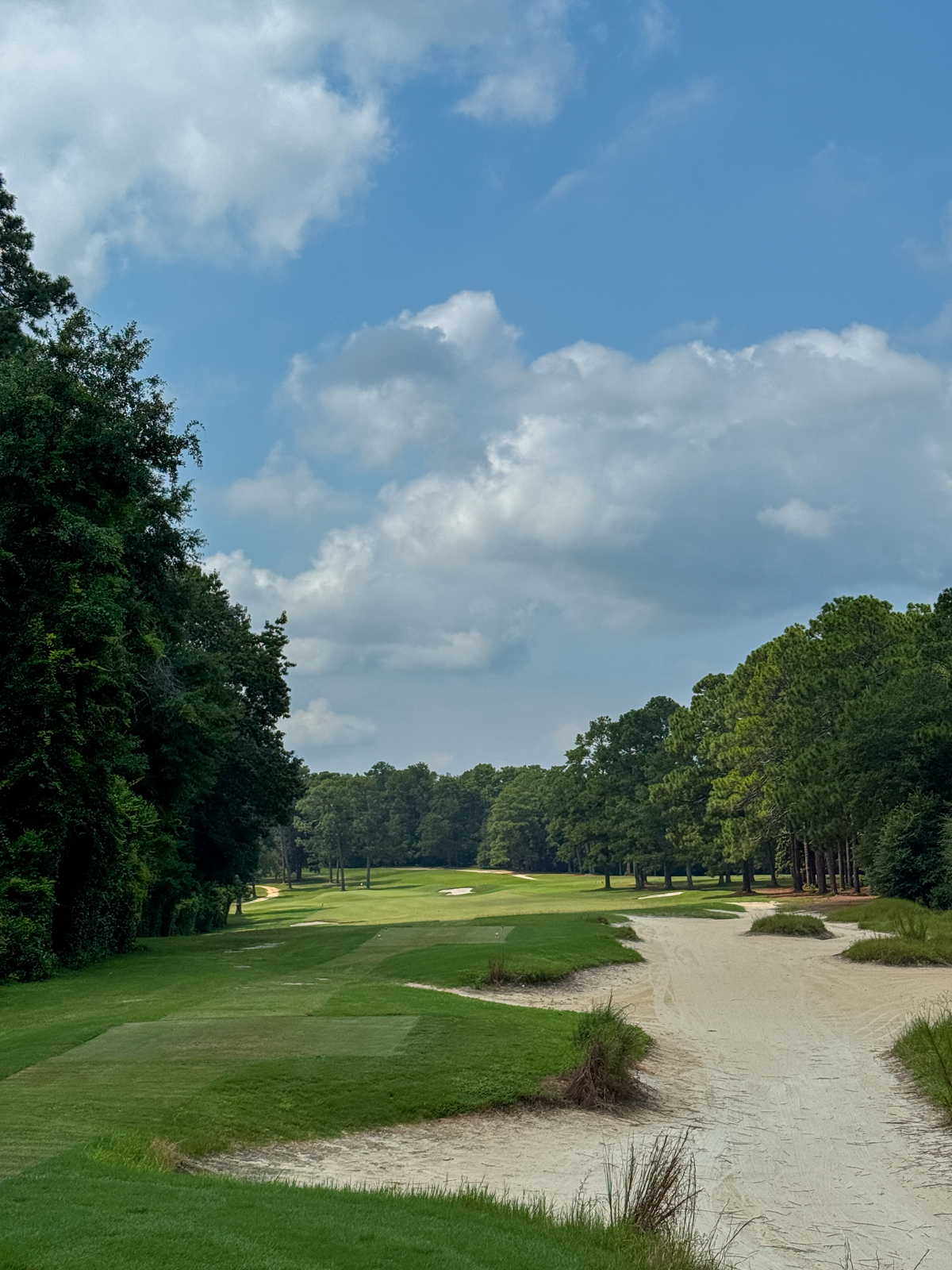
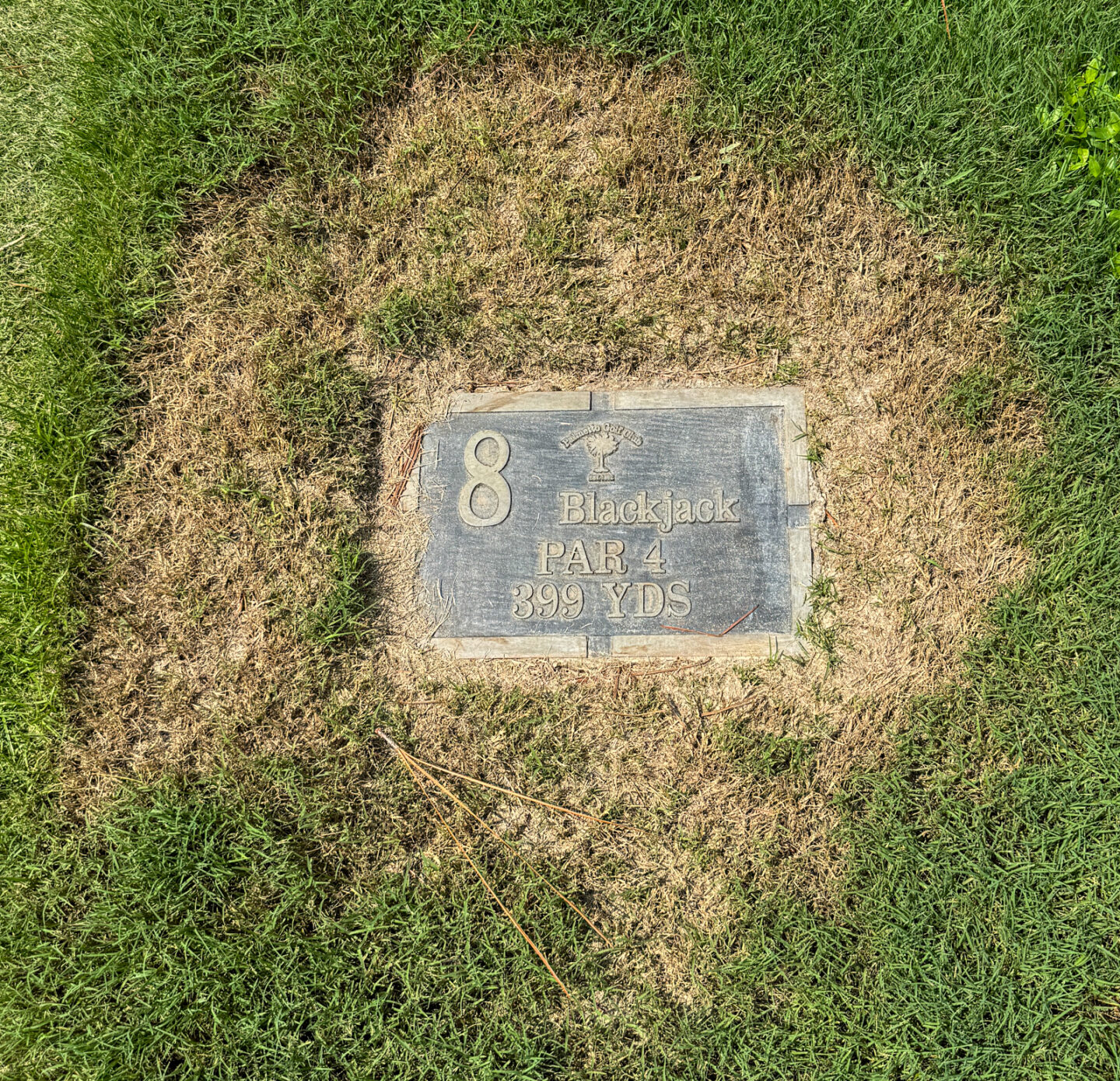
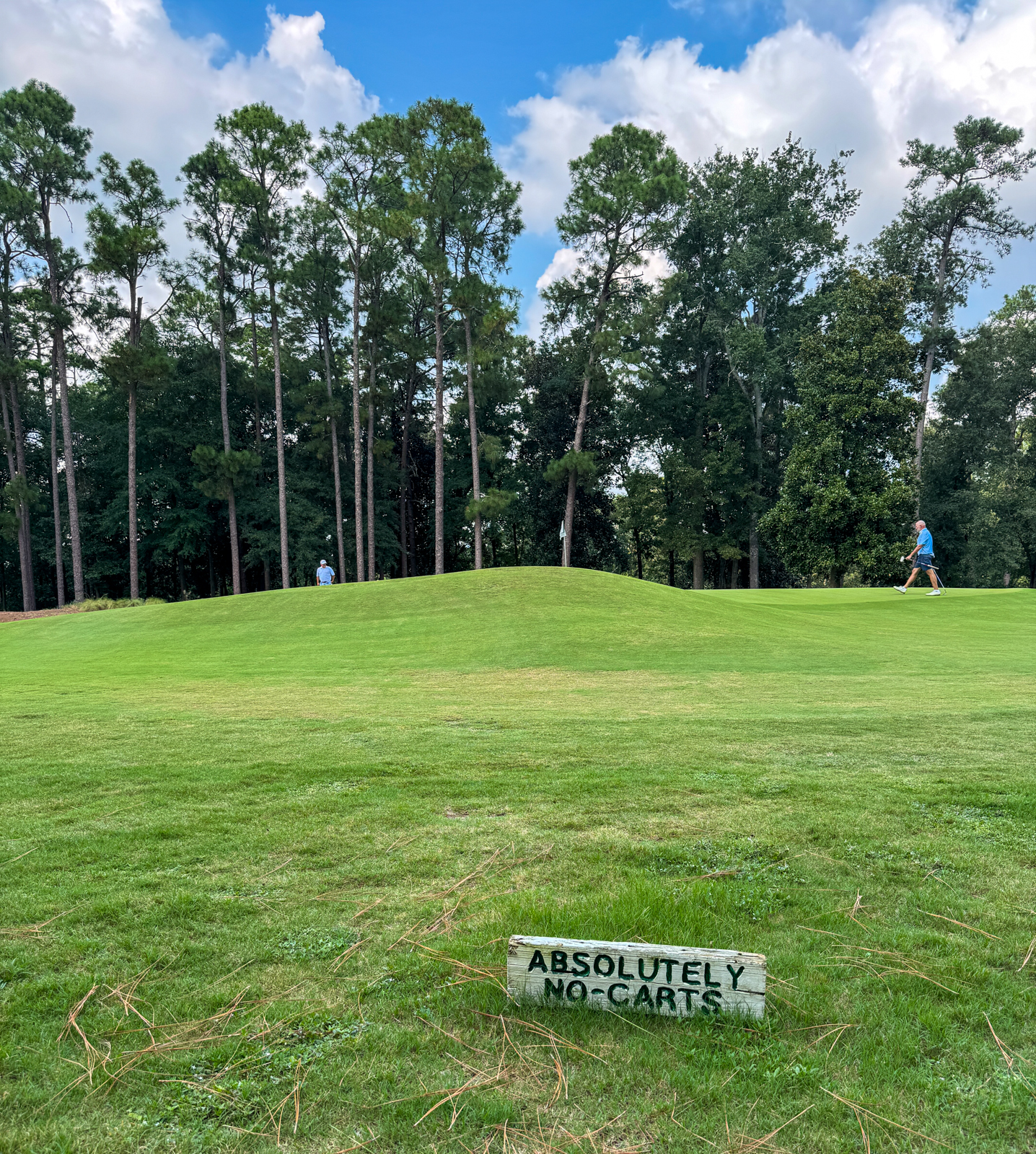
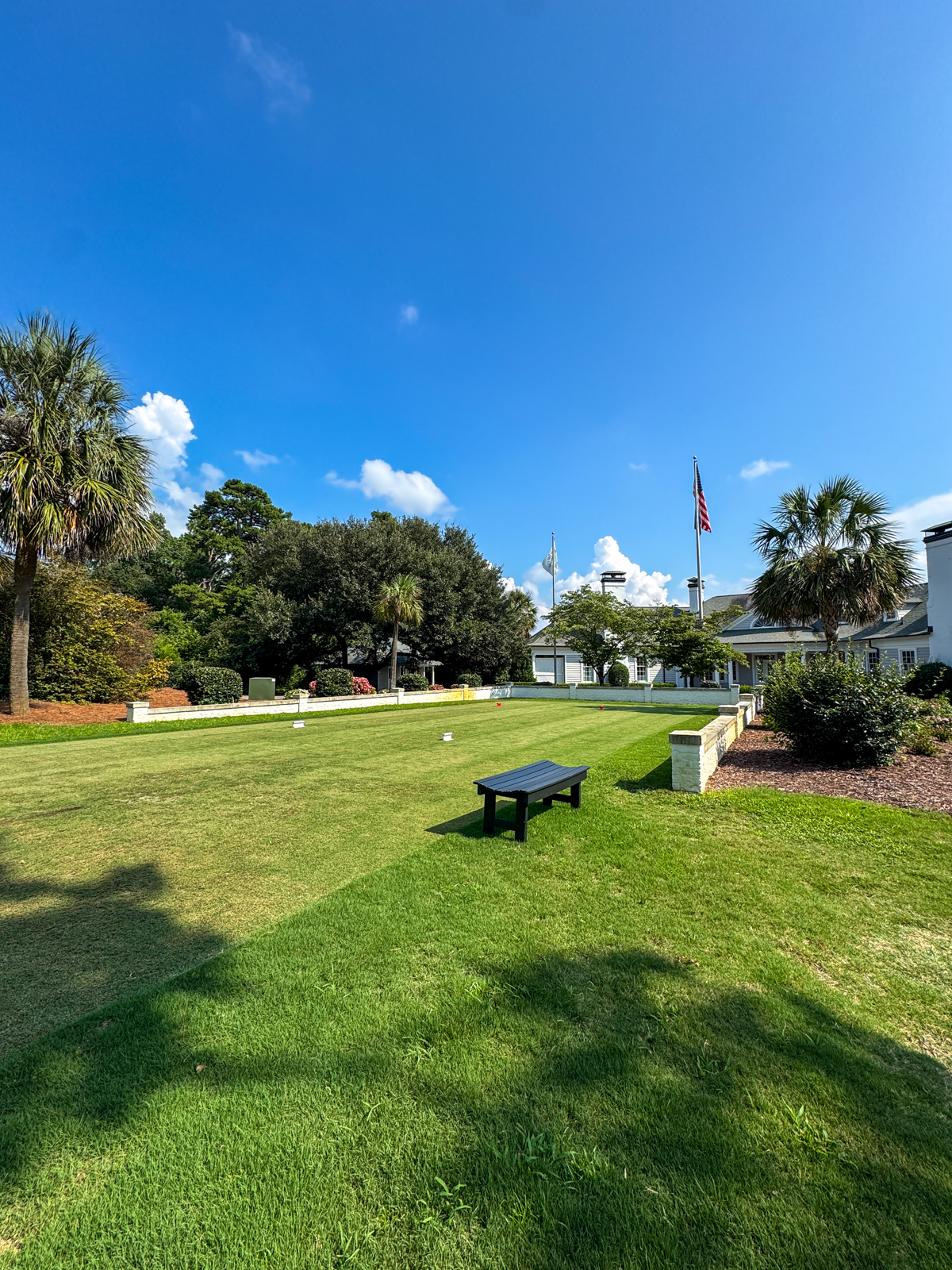
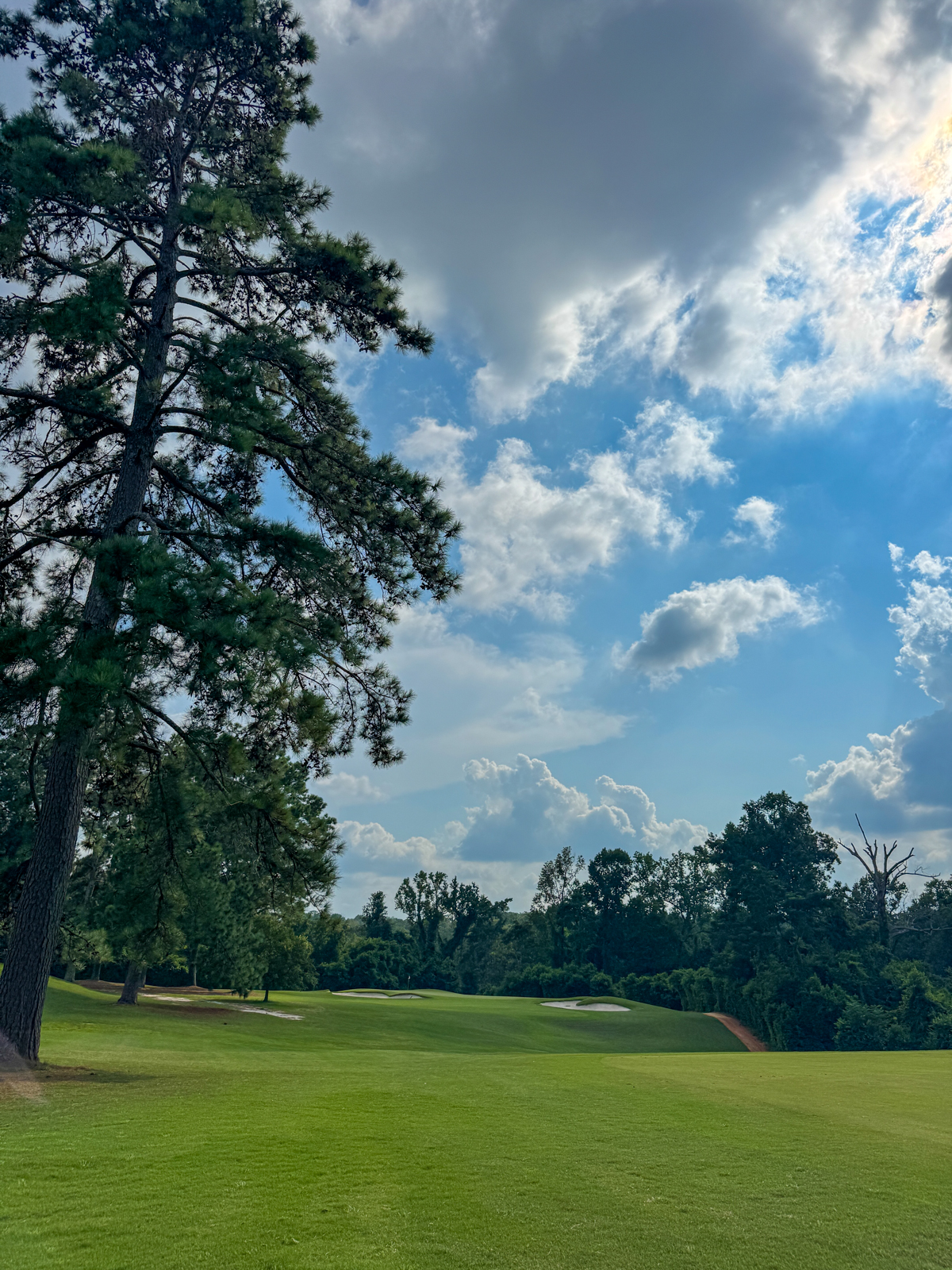
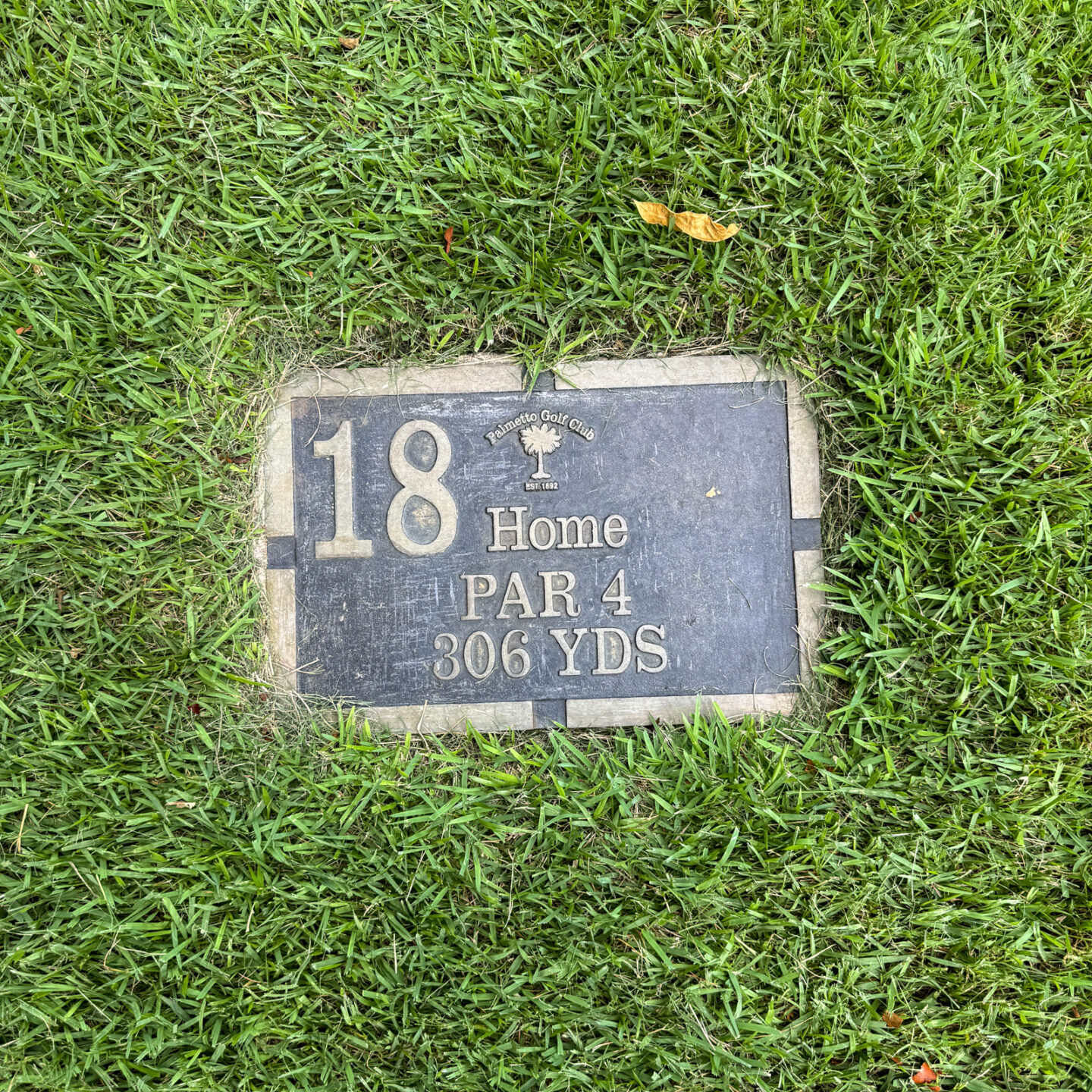
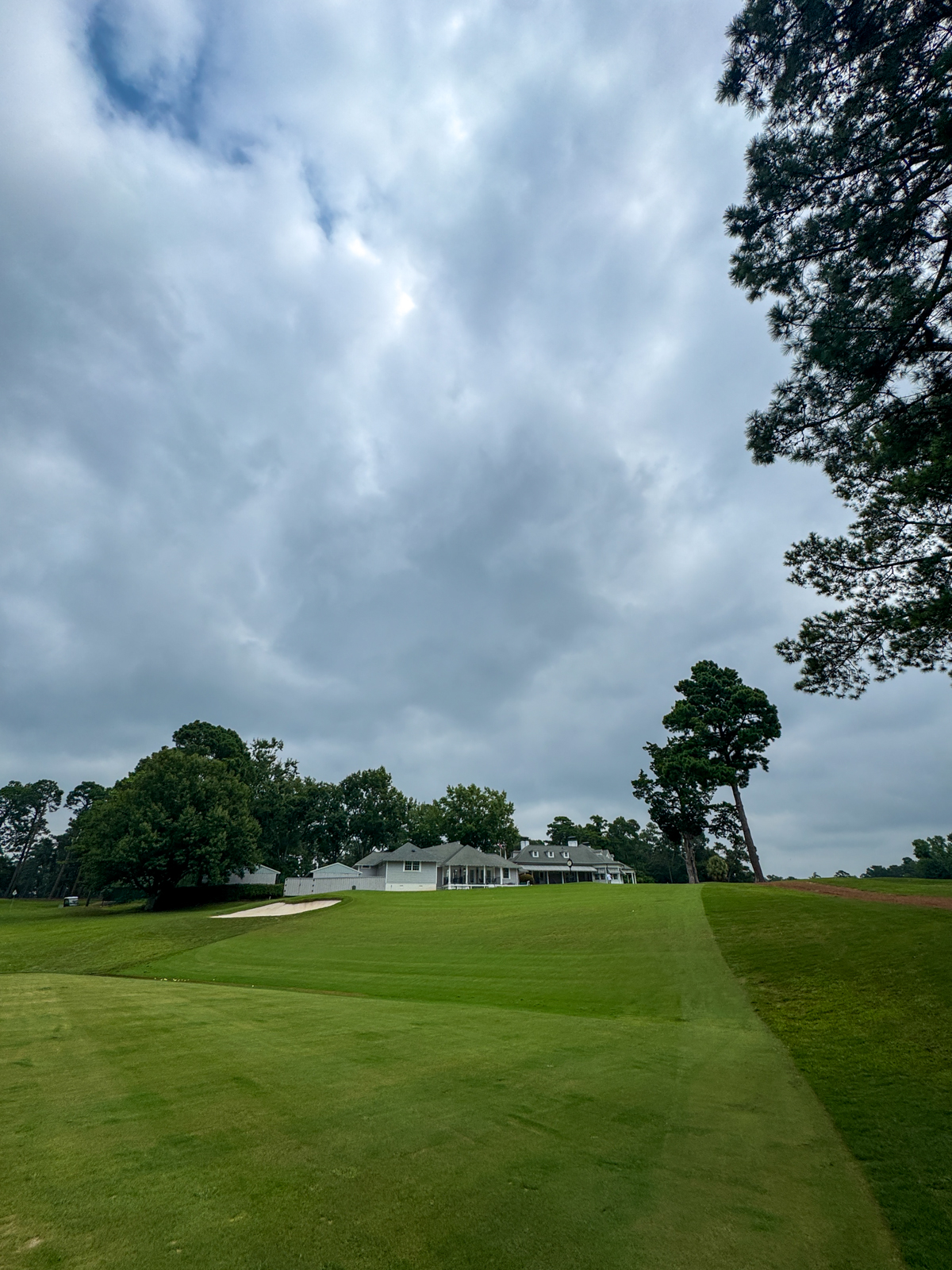
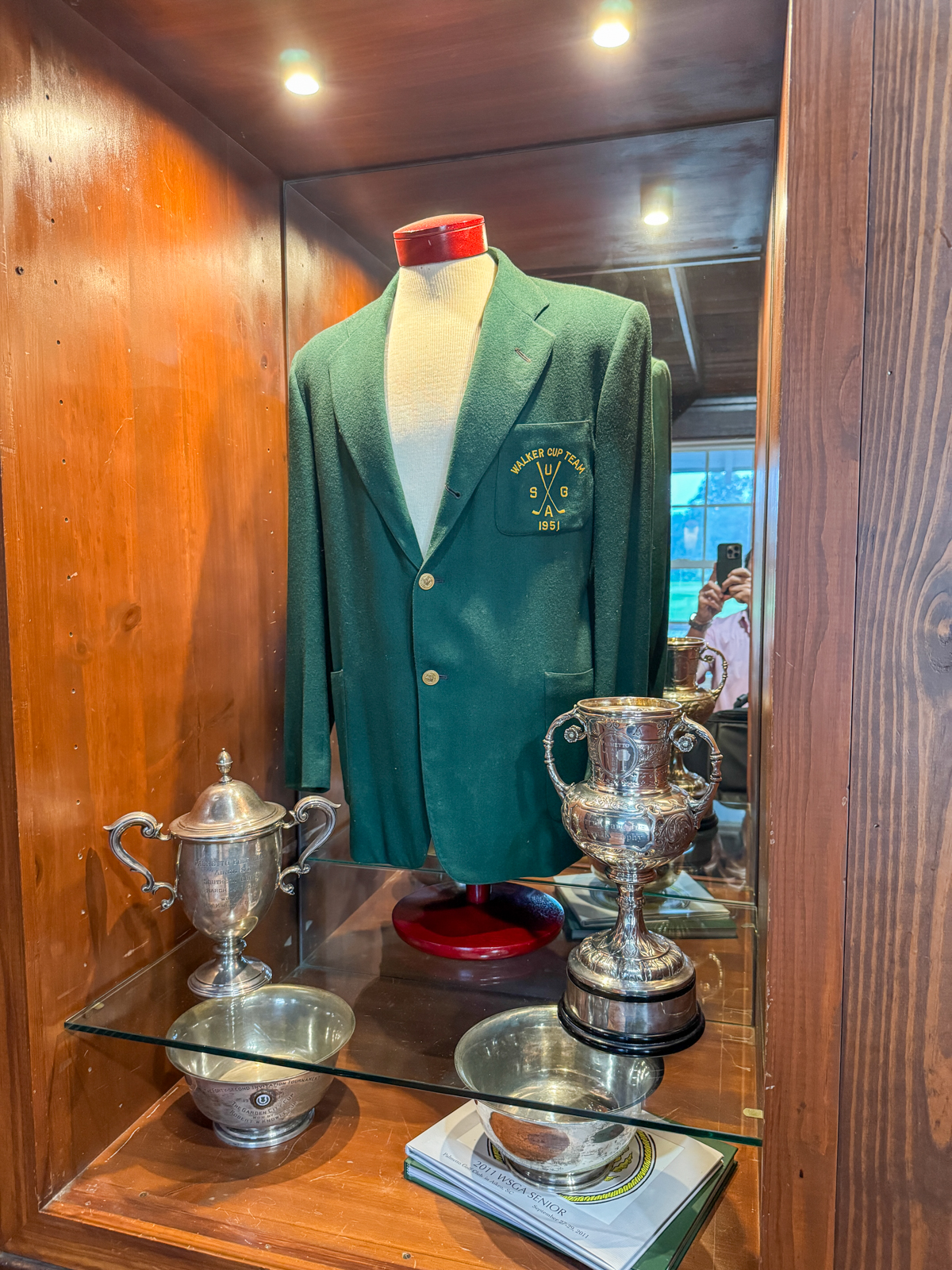
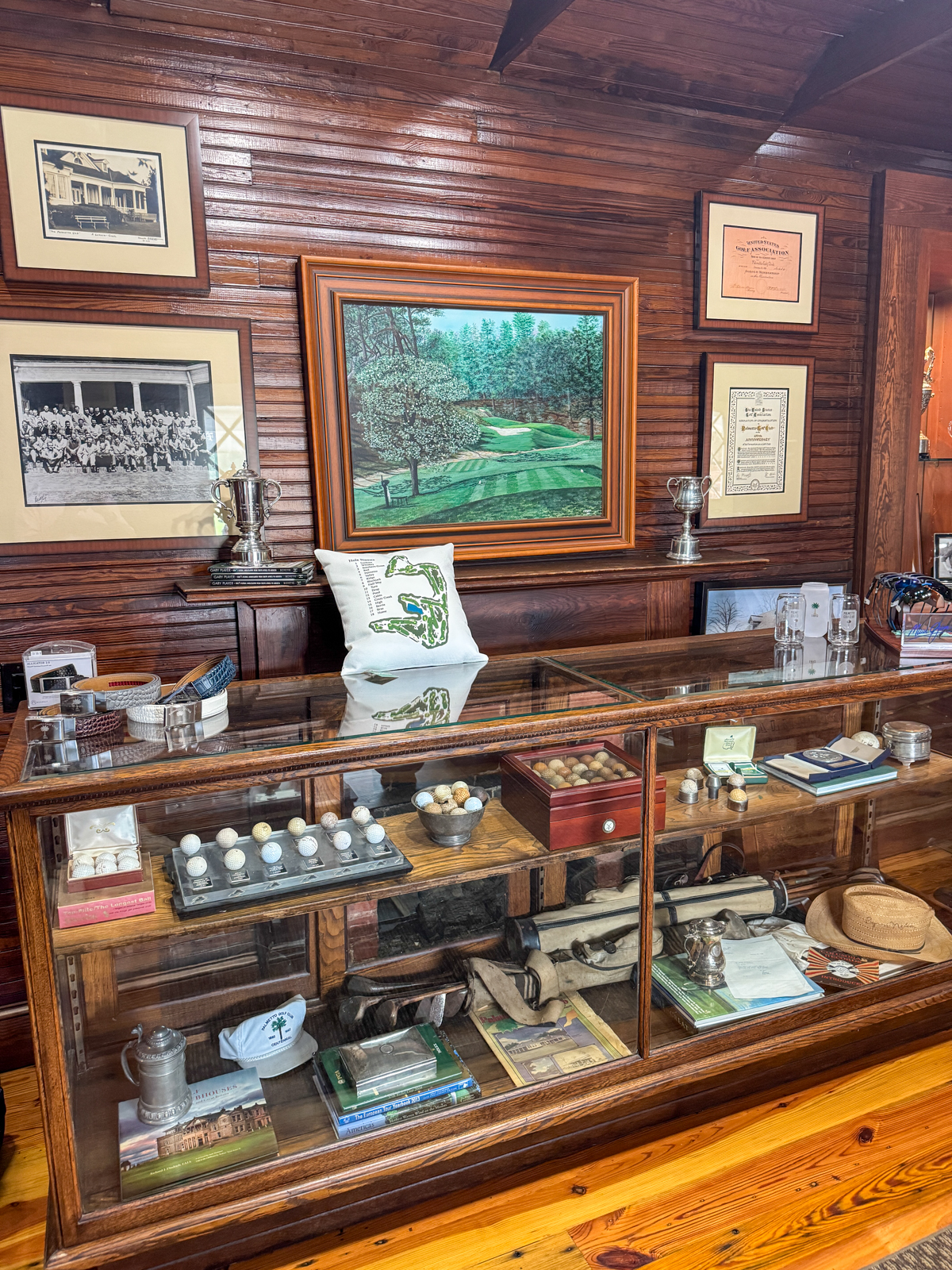
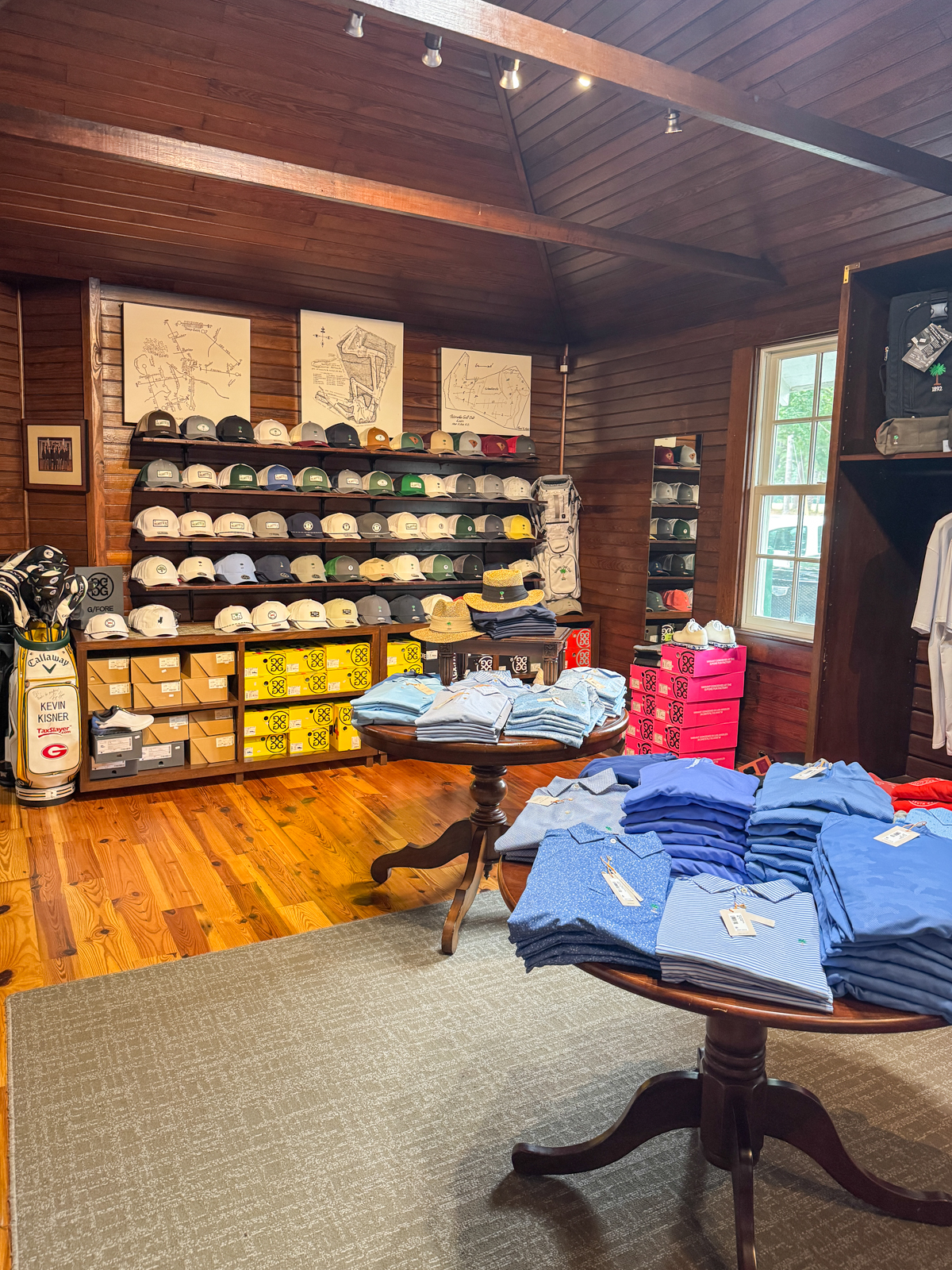
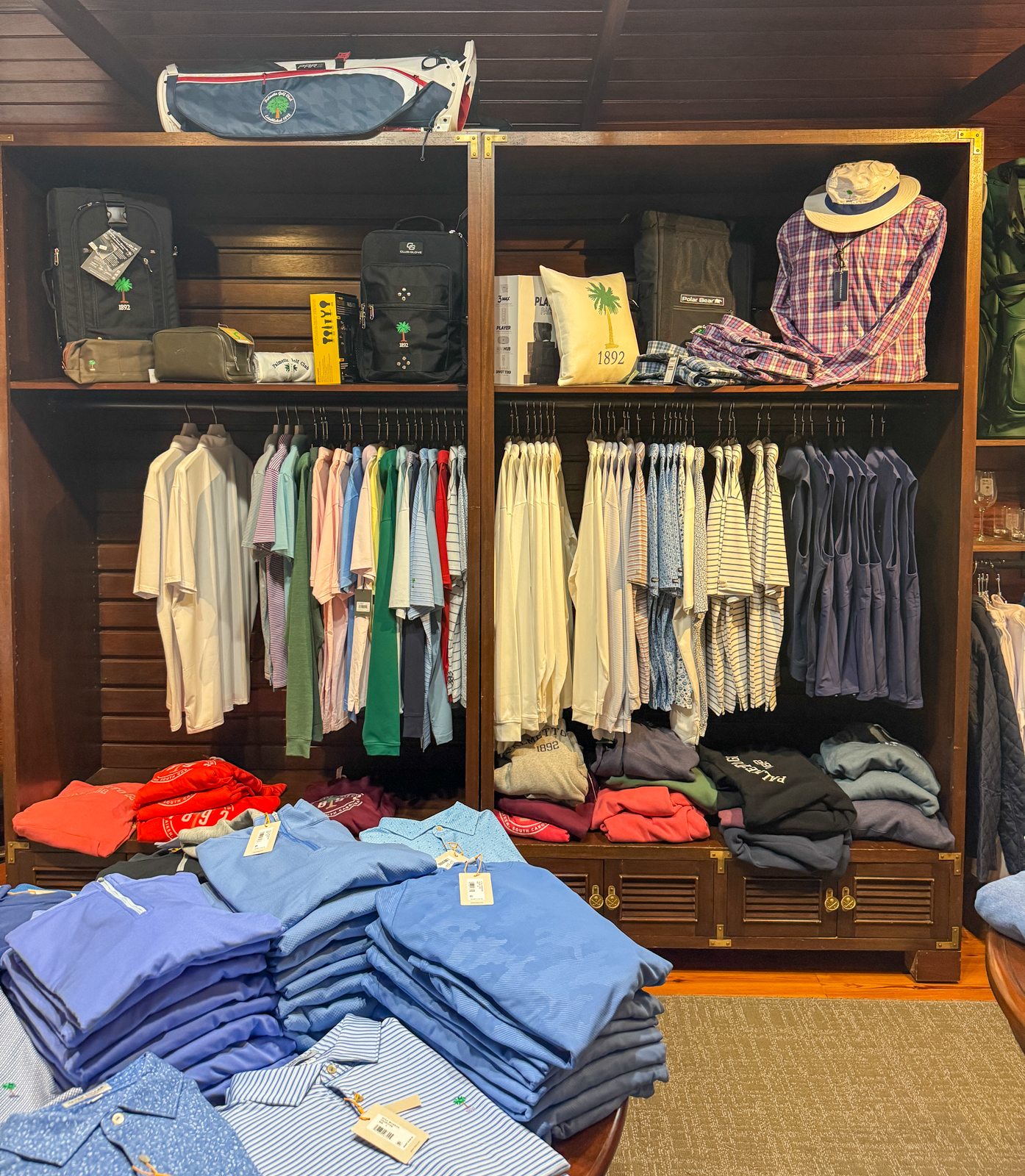
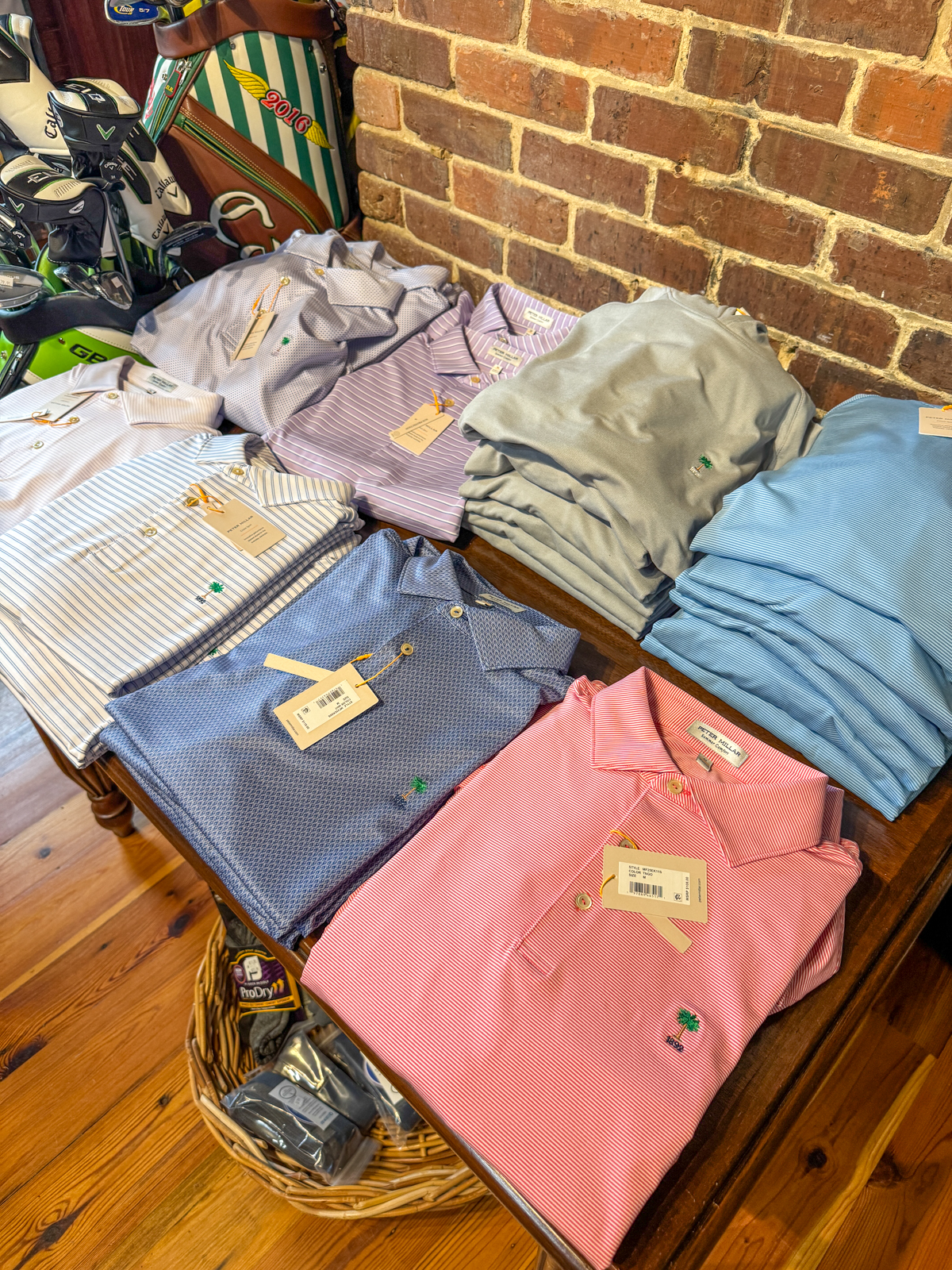
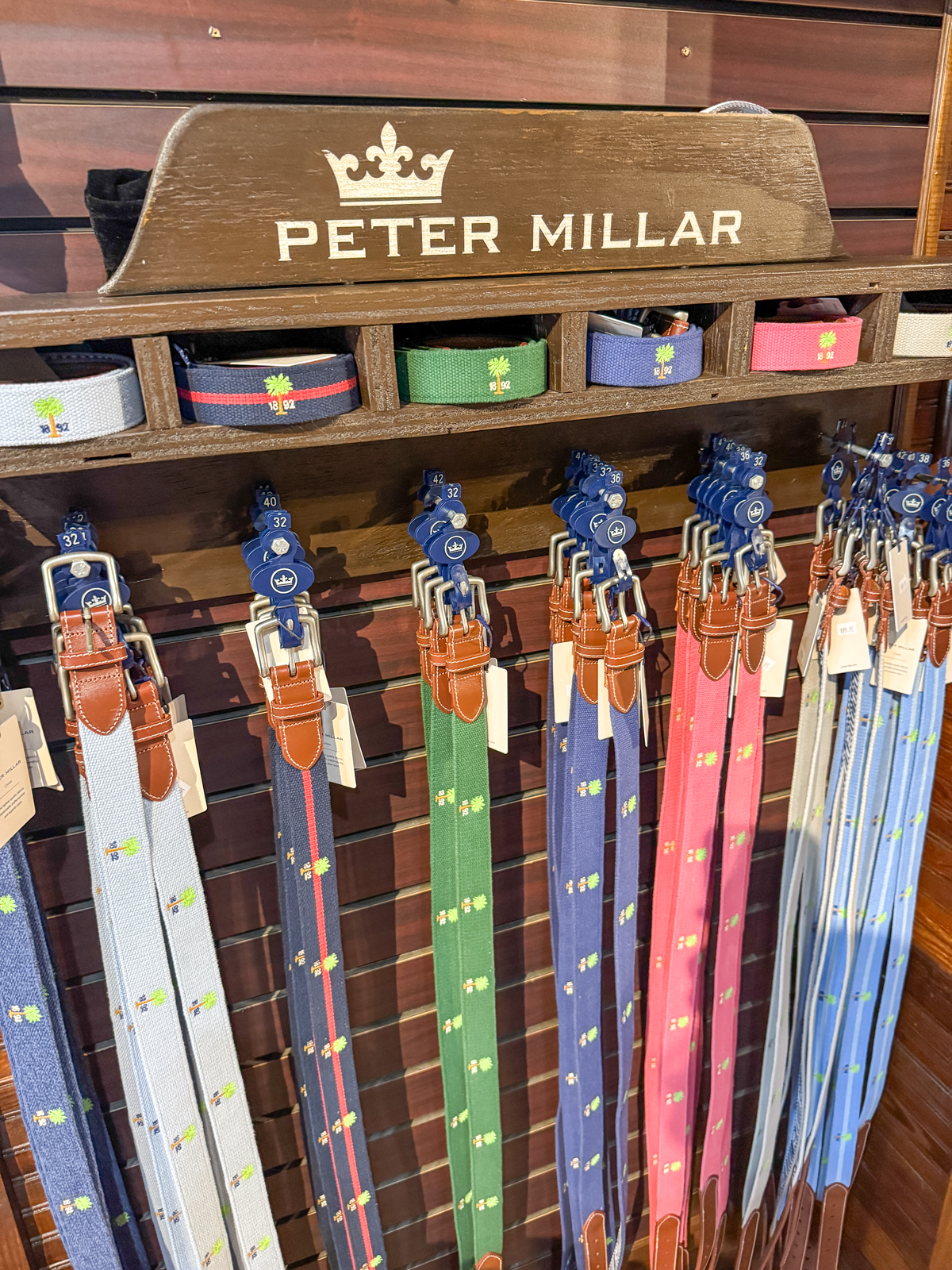
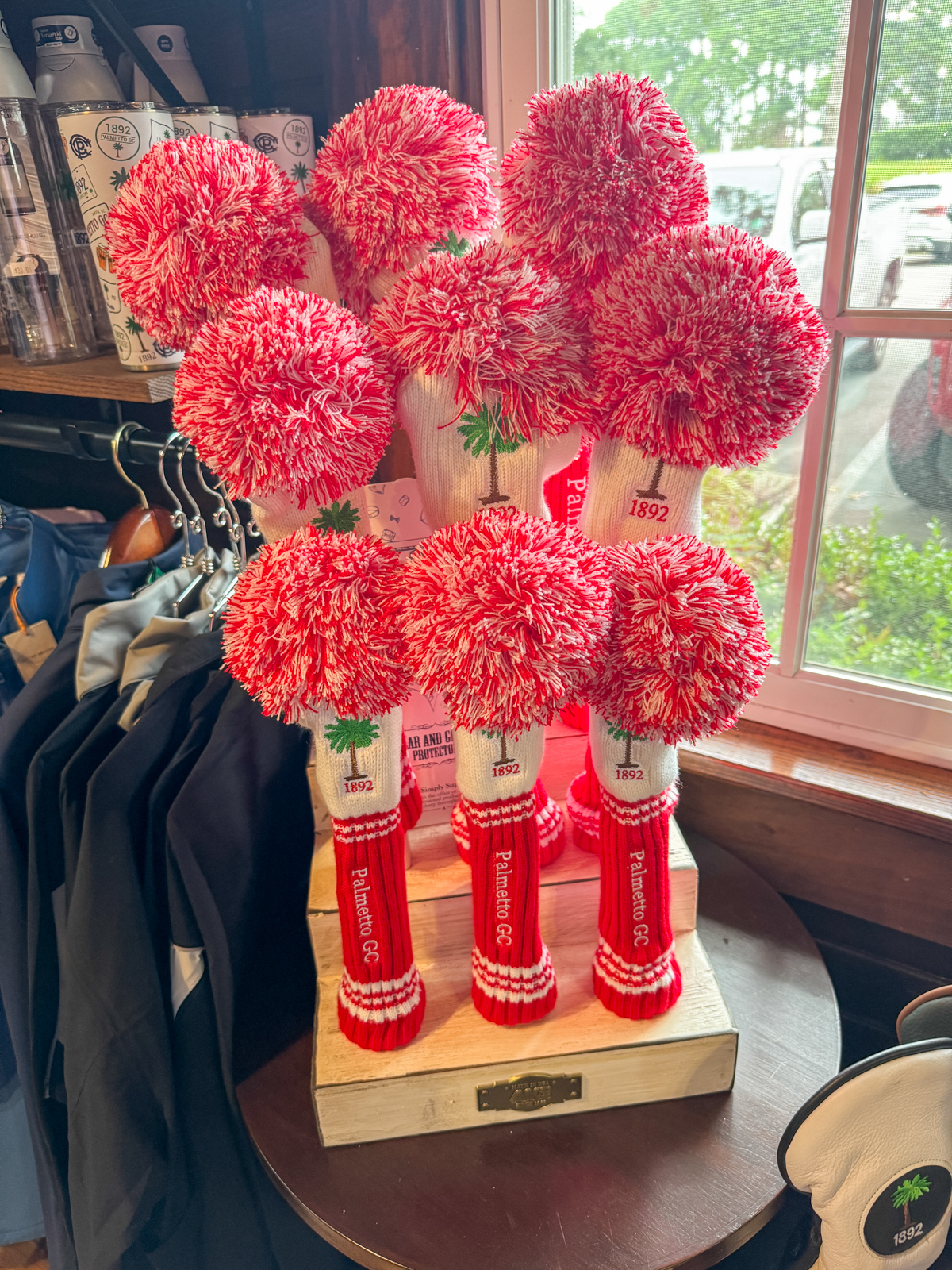
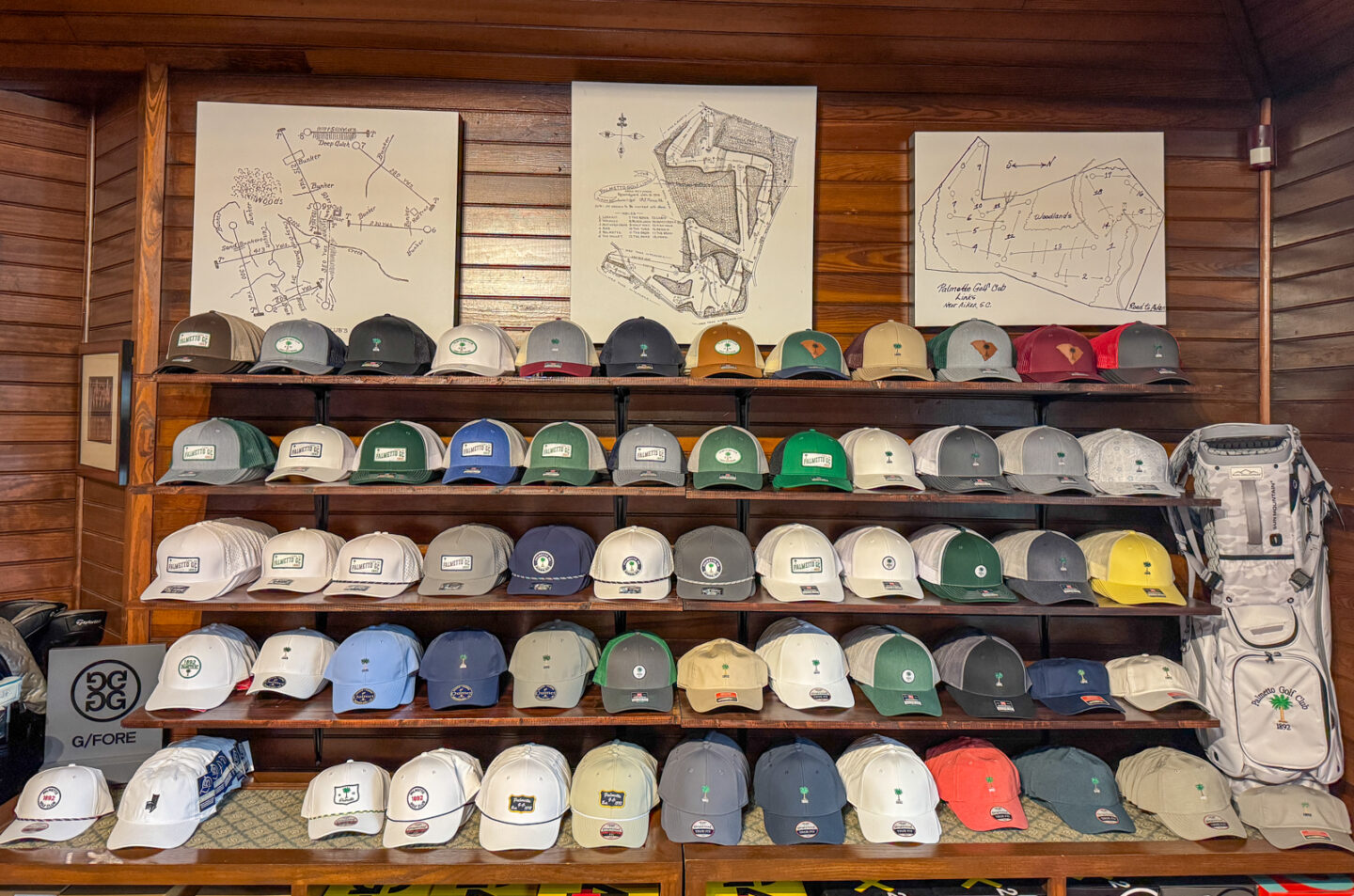

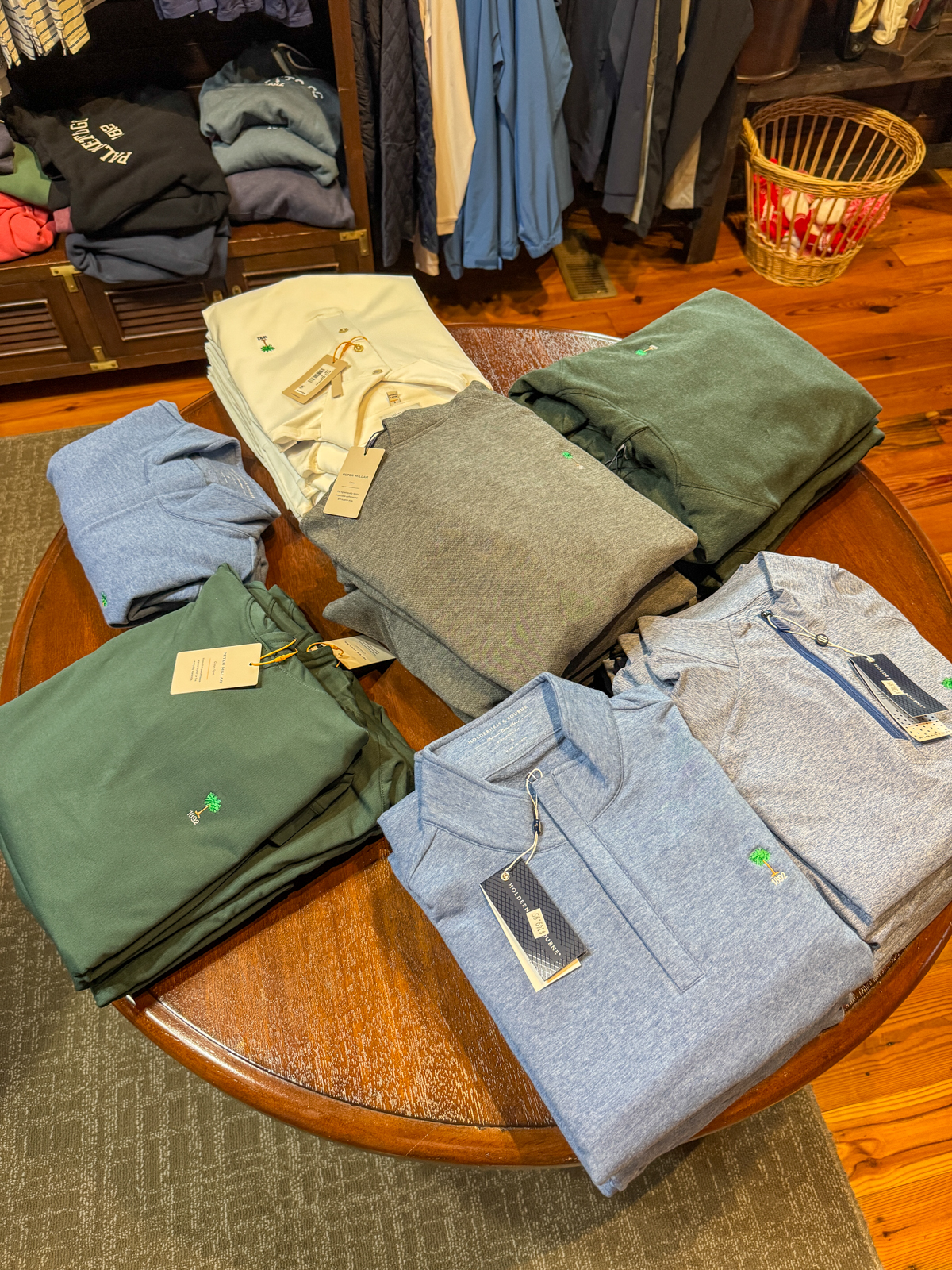

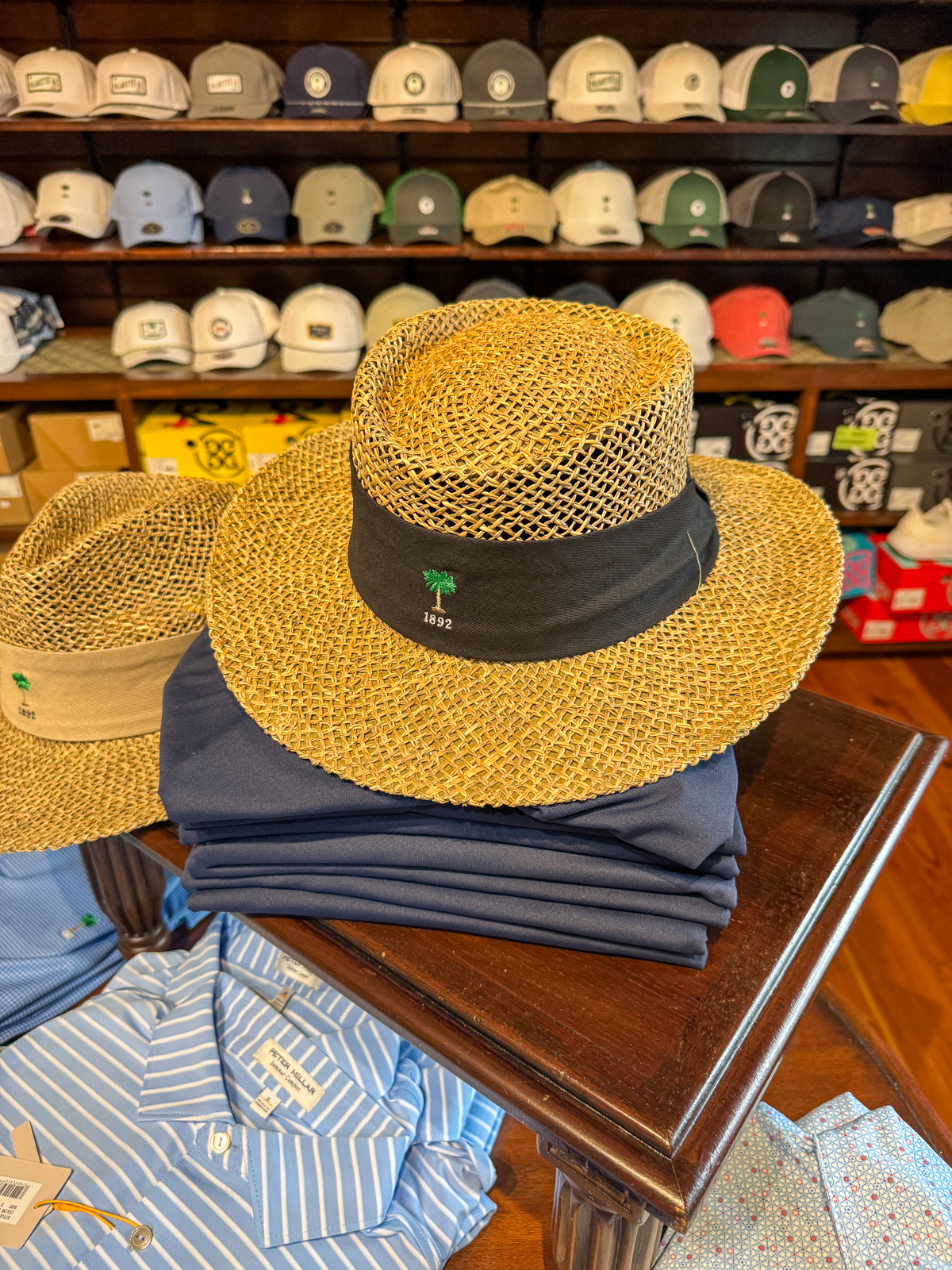
And the history, which is provided to all players in the form of this handy pamphlet.
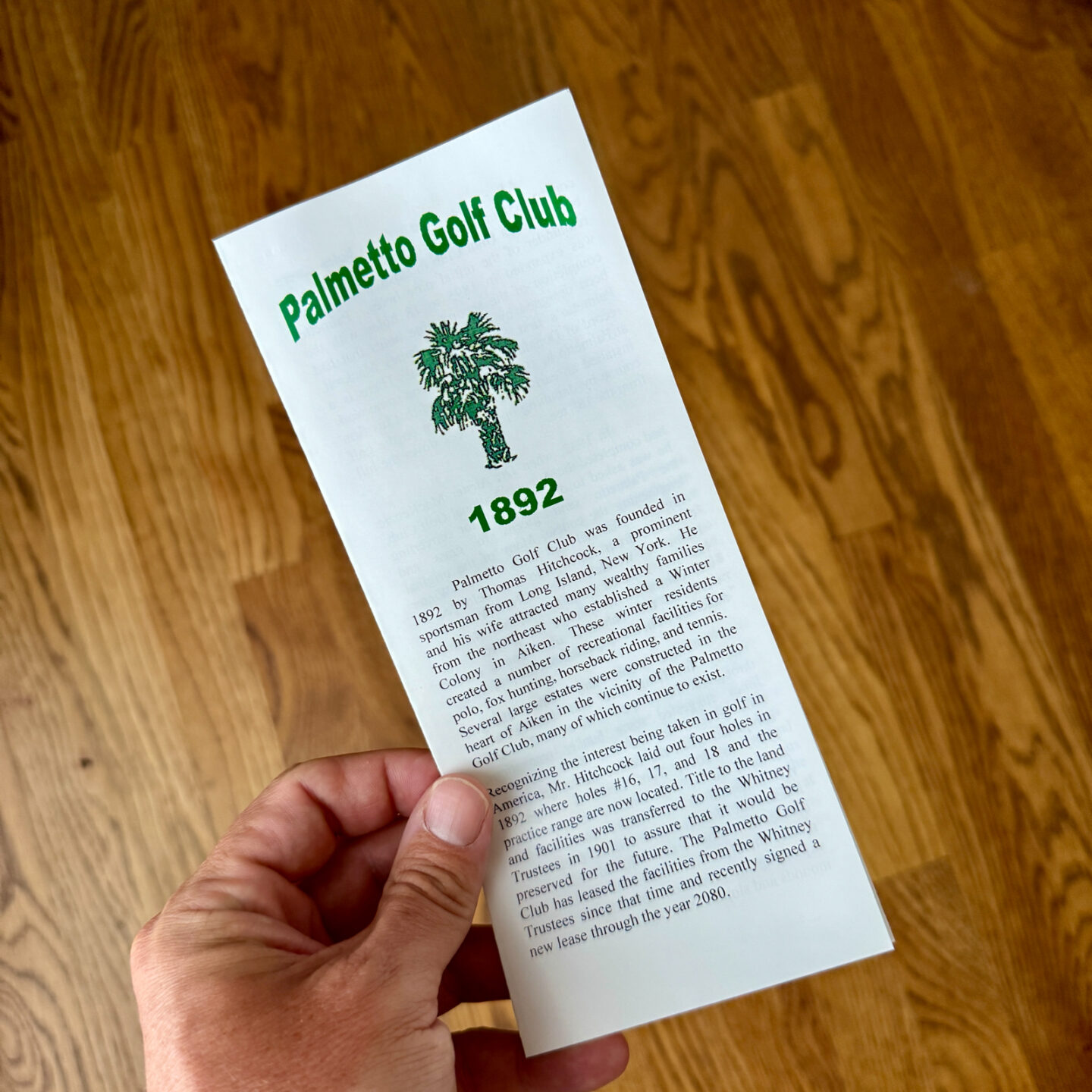
Sit back, folks. This is the good stuff:
Palmetto Golf Club was founded in 1892 by Thomas Hitchcock, a prominent sportsman from Long Island, New York. He and his wife attracted many wealthy families from the Northeast who established a Winter Colony in Aiken. These winter residents created several recreational facilities for polo, fox hunting, horseback riding, and tennis. Several large estates were constructed in the heart of Aiken in the vicinity of the Palmetto Golf Club, many of which continue to exist.
Recognizing the interest being taken in golf in America, Mr. Hitchcock laid out four holes in 1892 where holes #16, 17, and 18 and the practice range are now located. Title to the land and facilities was transferred to the Whitney Trustees in 1901 to assure that it would be preserved for the future. The Palmetto Golf Club has leased the facilities from the Whitney Trustees since that time and recently signed a new lease through the year 2080.
After the first four holes were constructed in 1892, Herbert Leeds, who also built Myopia Hunt Club in Boston, laid out the remainder of the initial nine holes. Palmetto was expanded in 1895 to 18 holes with the completion of the second nine holes that had been designed by Leeds and James Mackrell, Palmetto’s first golf professional. There is a record of Donald Ross having done some work at Palmetto in 1928. It is believed that his firm installed an early irrigation system on the golf course by damming up the creek down the hill from the 18th tee.
In 1932, when Dr. Alister MacKenzie had completed the Augusta National Golf Club, he was asked to draw up plans for converting the Palmetto sand greens to grass and lengthening the course. Many of the original Augusta National investors were Winter Colonists from Aiken who also belonged to Palmetto. Wendell Miller of New York, who had just finished building Augusta National, was contracted to manage the project. The work at the Palmetto used some excess materials from the Augusta National project.
There were many minor changes, mostly involving tree and bunker work, throughout the 40’s, 50’s, 60’s and 70’s. Rees Jones suggested some bunker renovations, which began in the late 80’s and were completed when the course was re-grassed in 1995. In 2003, Tom Doak, a recognized authority on Dr. MacKenzie’s work, provided recommendations to restore some of the MacKenzie design characteristics on the golf course. This work was completed in 2005 and mainly involved reworking the bunkers and expanding the greens out towards the existing mounds and slopes. Noted golf course architect Gil Hanse is now serving as resident architect for the Club.
Palmetto Golf Club has hosted numerous prominent professional golfers throughout the years. The legendary British professional Harry Vardon visited the Club during his initial visit to America in 1900 when he won the U.S. Open at the Chicago Golf Club. During Vardon’s visit to Palmetto, as a professional, he was denied access to the clubhouse and was not allowed to wear “plus fours” on the course. He was only allowed to smoke on the course by virtue of a special dispensation from the golf committee.
Some of the other prominent professionals who have played Palmetto are Masters Champions Ben Hogan, Byron Nelson, Sam Snead and, in recent years, Ben Crenshaw. From 1945 to 1953 Palmetto held the prestigious Devereux Milburn tournament as a pro-am the weekend before the Masters. This tournament was won by such notables as Ben Hogan, Byron Nelson, George Fazio, Henry Picard, and Lawson Little.
In addition, many top amateurs have played Palmetto through the years including Club members A.H. Fenn and Bobby Knowles. The legendary Bobby Jones and William C. Campbell, former President of the USGA and one of only three Americans ever to be named Captain of The Royal and Ancient Golf Club of St Andrews, have also played the course.
Other notables who have played the Palmetto include Presidents Eisenhower and Taft, Britain’s Prince Andrew (when he was Captain of the R&A), and Sir Michael Bonallack, former Secretary and Captain of the R&A and five-time British Amateur Champion. Entertainment celebrities such as Fred Astaire, Phil Harris, and Bing Crosby have also played here.
Palmetto Golf Club’s past club presidents include Eugene Grace, the former Chairman of Bethlehem Steel, and George Herbert Walker, who was the great-grandfather of President George W. Bush, a former president of the USGA, and the donor of the Walker Cup.
Palmetto Golf Club has had only eight golf professionals in its history. The first professional, Jim Mackrell, faithfully served the Club for forty-two years. The current professional, Brooks Blackburn came in November of 2008. Tom Moore, faithfully served as Head Professional for 30 years and retired at the end of December 2012.
The current clubhouse, completed in 1902, was designed by noted New York architect Stanford White, who also designed the Shinnecock Hills clubhouse. A number of the early members of Palmetto also were members of Shinnecock. The Historic Aiken Foundation has designated the Palmetto Golf Club as a place of historic significance.
The golf course is a par 71 layout and plays at 6,695 yards from the championship tees. What the course may lack in length it more than makes up for with its small elevated and undulating greens, and clever (some say diabolical) bunkers. The competitive course record of 59 was established by USC-Aiken All American golfer Dane Burkhart on Sunday, August 14, 2005 in the final round of the Palmetto Amateur. Burkhart’s victory margin was 8 shots and he scored a record 20 under par for the four rounds of the tournament.
Two of the most noted observations about Palmetto were made by golf legends Ben Hogan and Bobby Jones. Ben Hogan said that “holes 3, 4, and 5 were the best back-to-back par 4s that he had ever played.” According to Dick Taylor of Golf World, Hogan also said that holes 3, 5, and 13 were three of his 18 favorite holes. Bobby Jones said that “number 7 was the best medal play par 3 he ever played.”
Probably the highest compliment paid to Palmetto was made by Dr. Allister MacKenzie in the May 1933 edition of ‘American Golfer Magazine’. MacKenzie said, “The alterations at Palmetto have been such a success that the Chairman of Bobby Jones’ executive committee at the Augusta National writes me saying, ‘We have only one serious complaint to make against you regarding the Augusta National. That layout you designed at Aiken is liked so well that the Aiken colony does not seem to be the least bit interested in coming over to the Augusta National’.”
And finally, no trip to a bucket list course is complete without some merch. Here’s my haul:
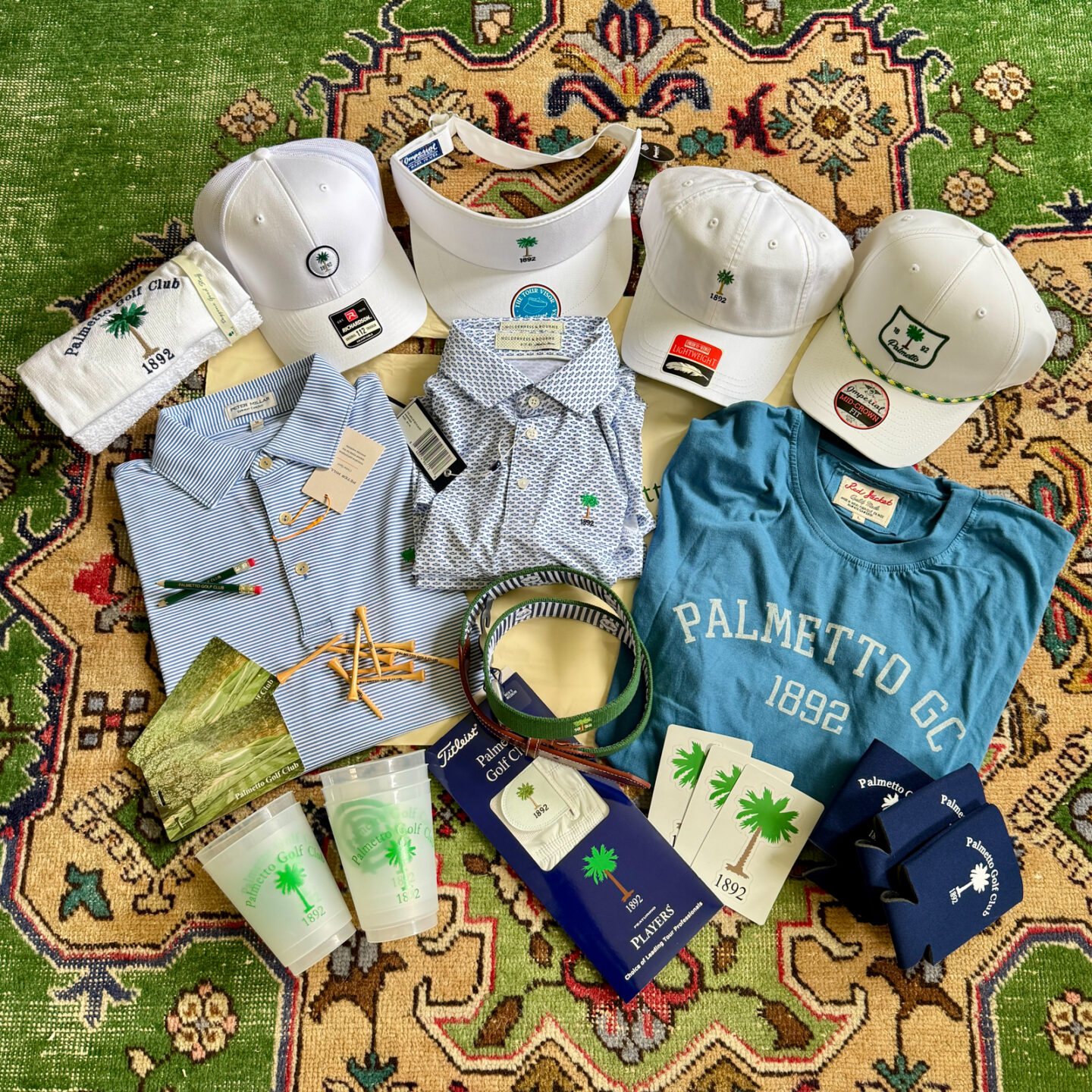
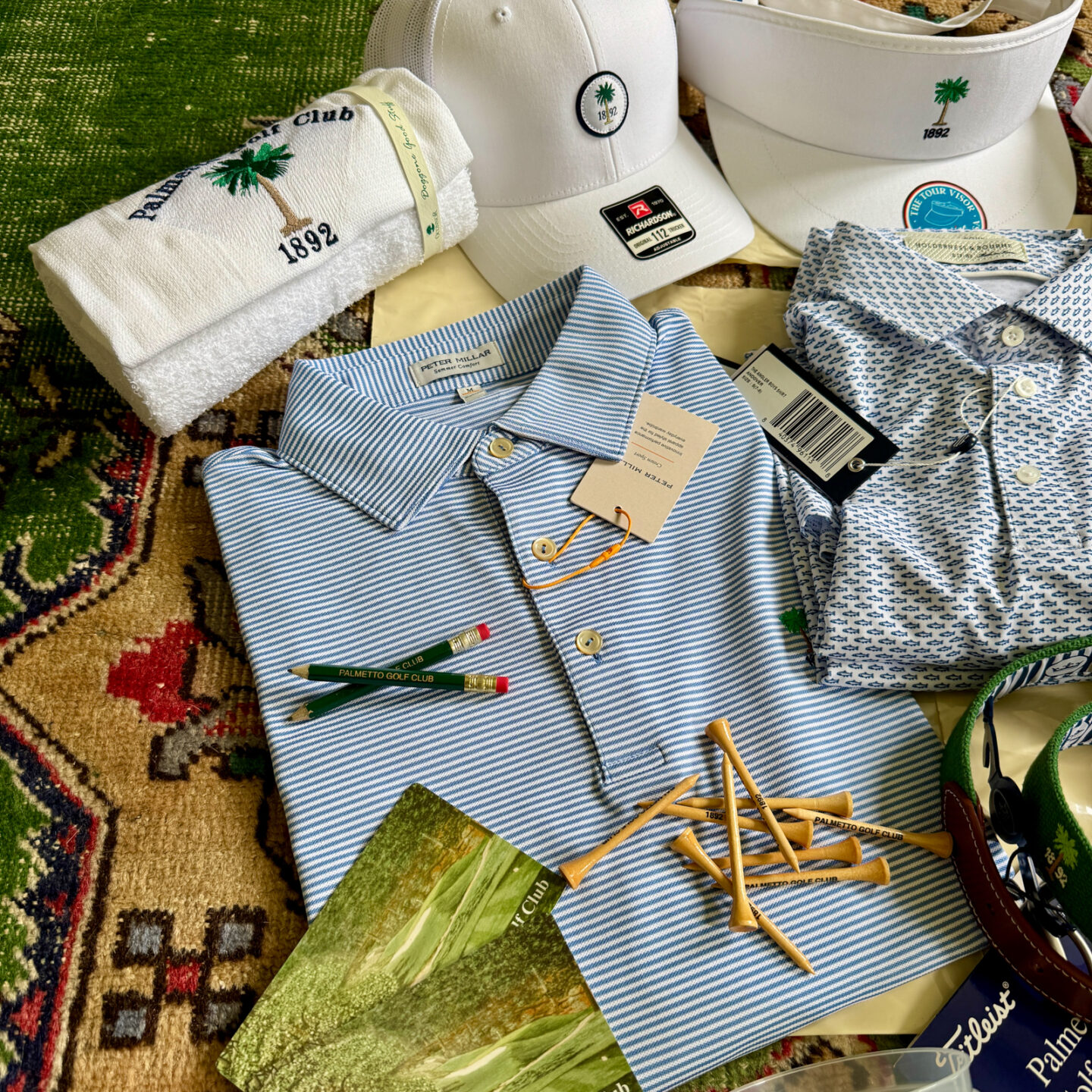


It’s a good feeling, folks. Really good.

Exactly what a pro shop should look like and stock. Great logo, tight fairways- I’m sure it’d be the most fun I’ve ever had shooting in the high 90s. South Carolina truly is the golf capital of the USA (sorry, Georgia and NC).
No mention of Palmetto’s most prominent (and infamous) member, Kevin Kisner?!
Love this stuff